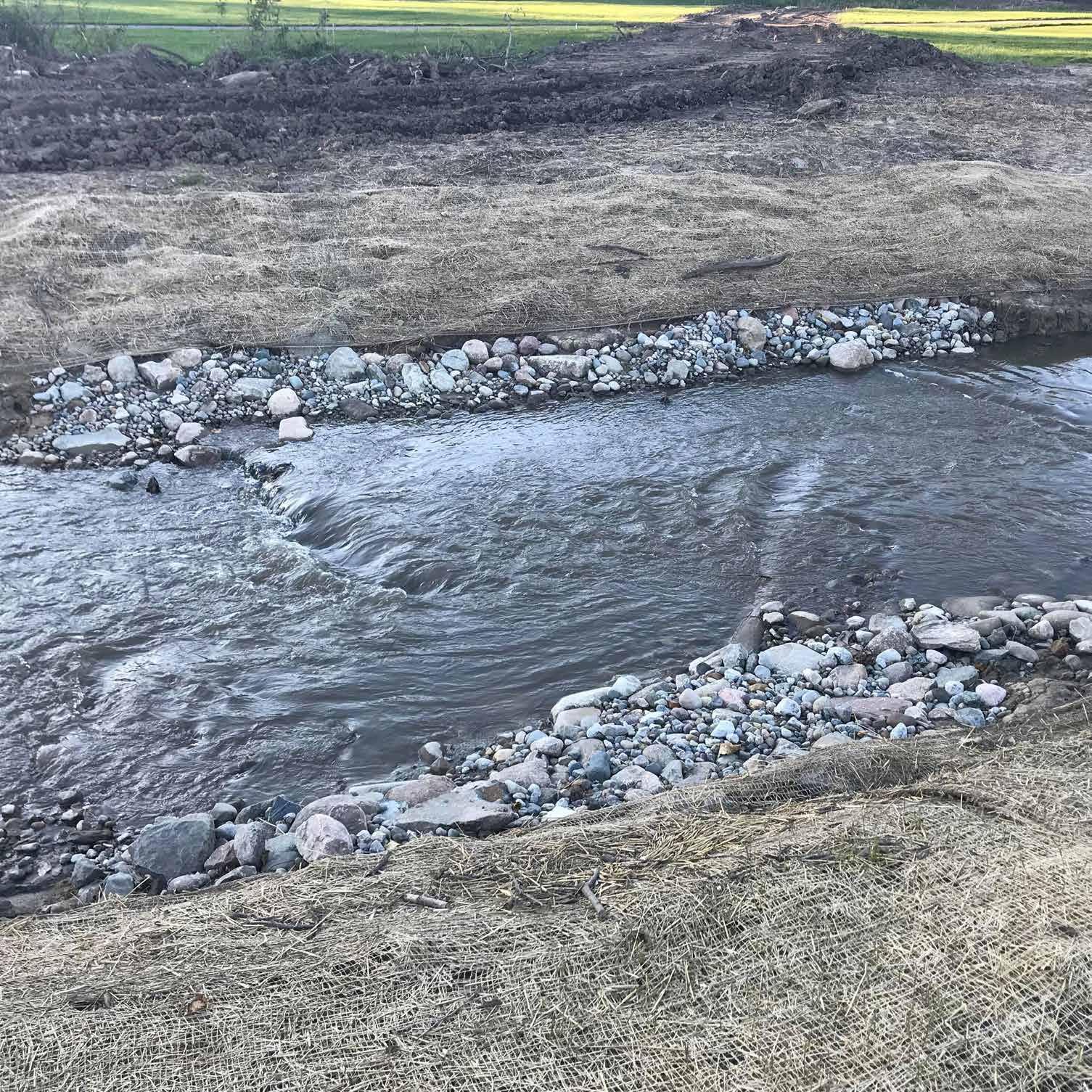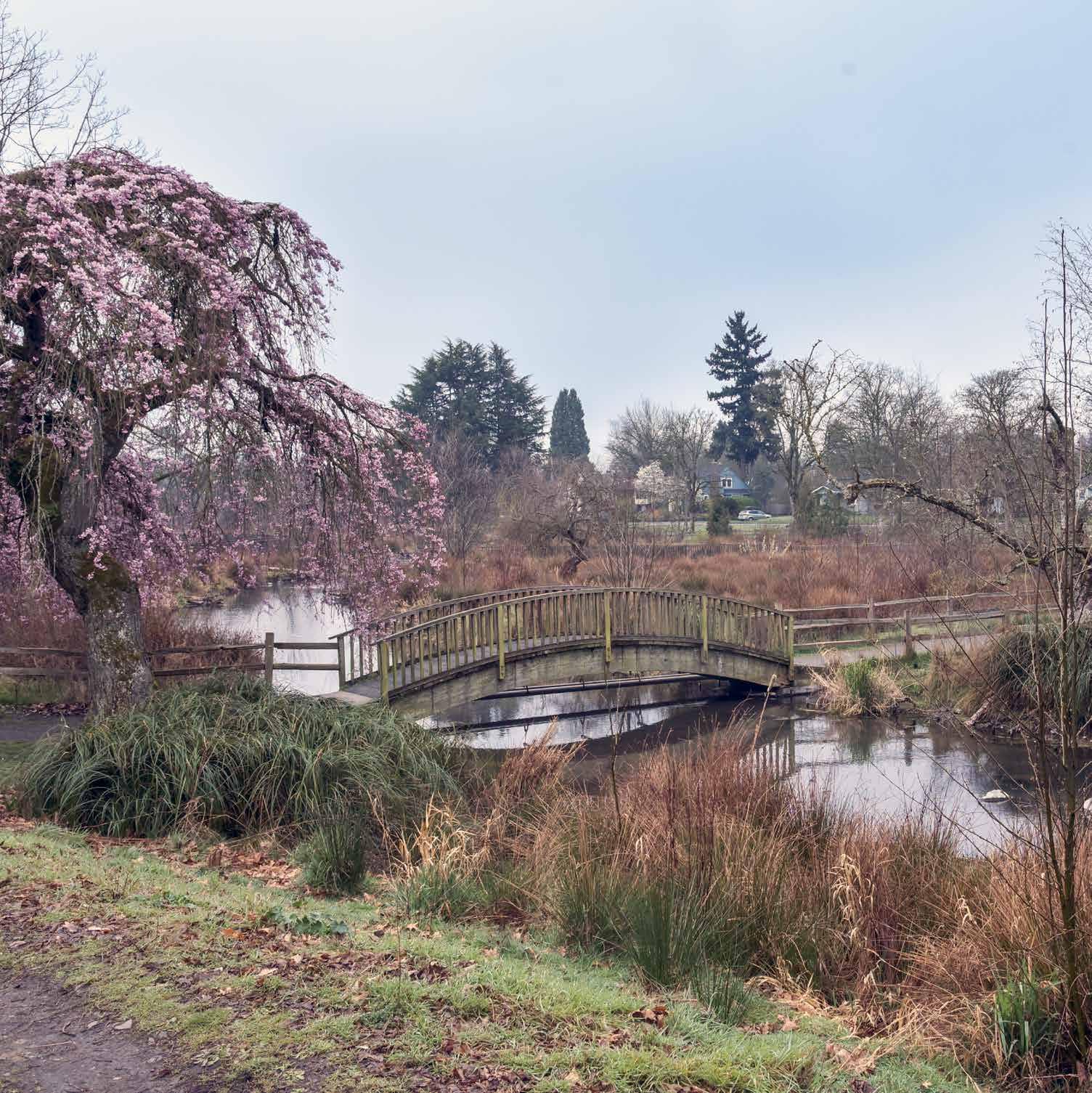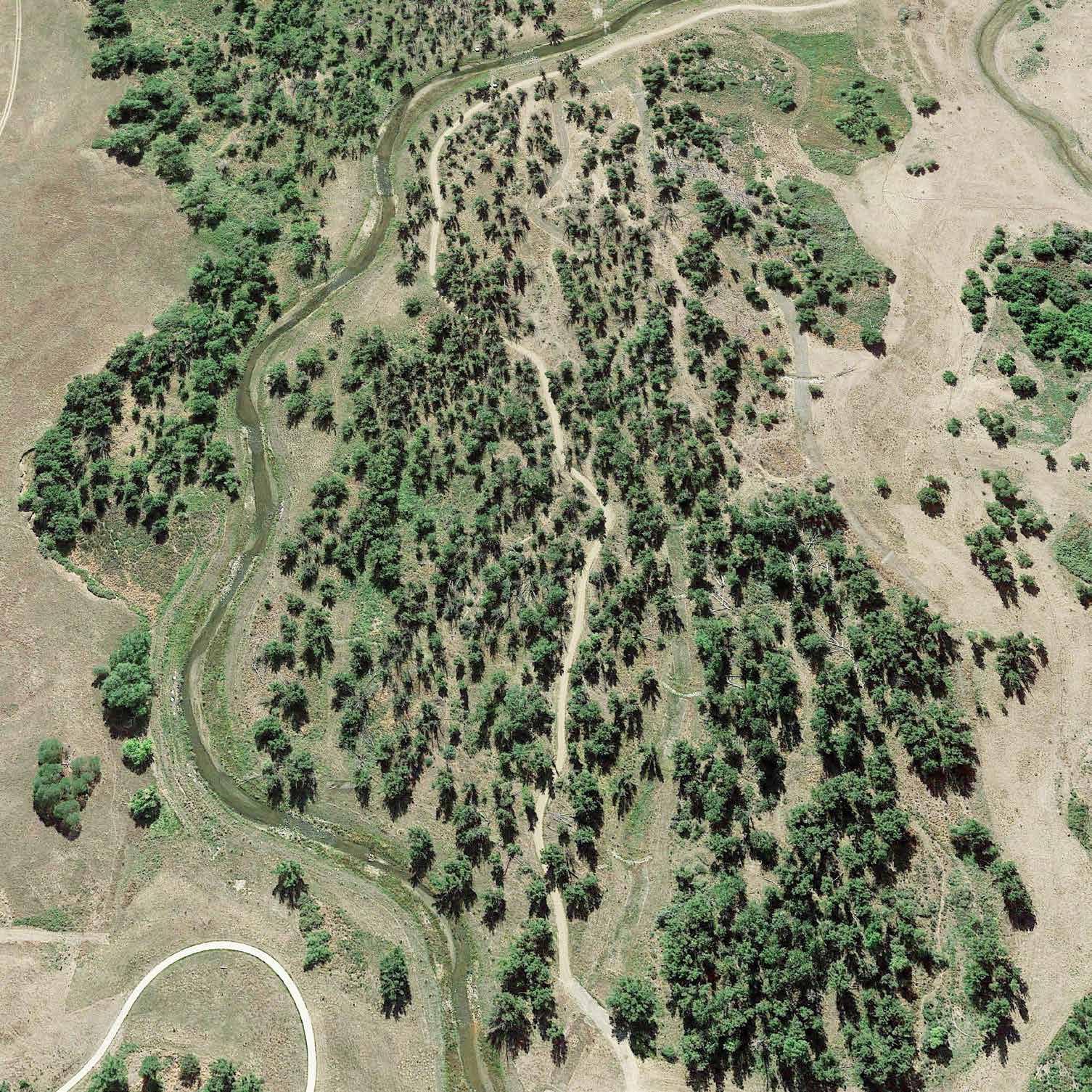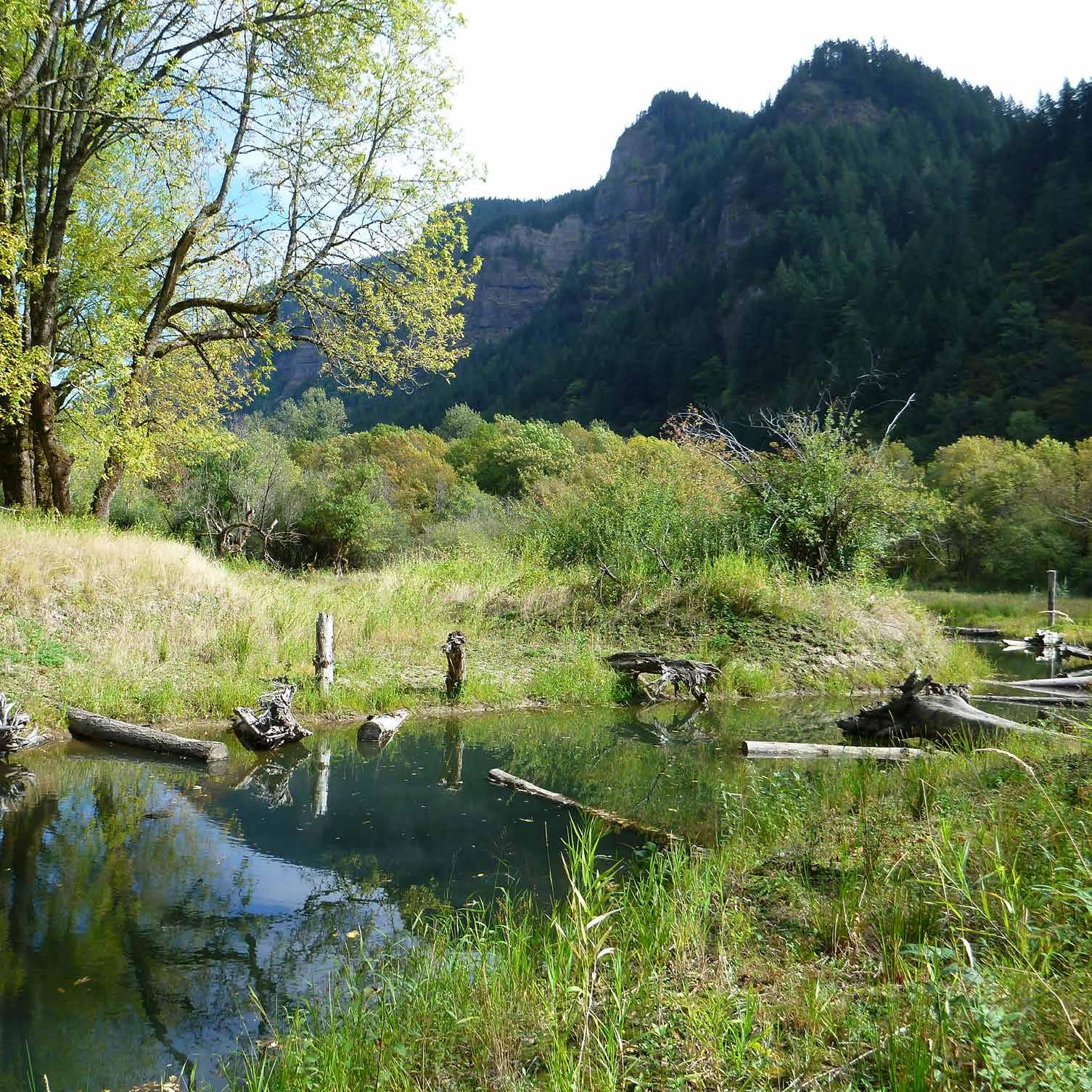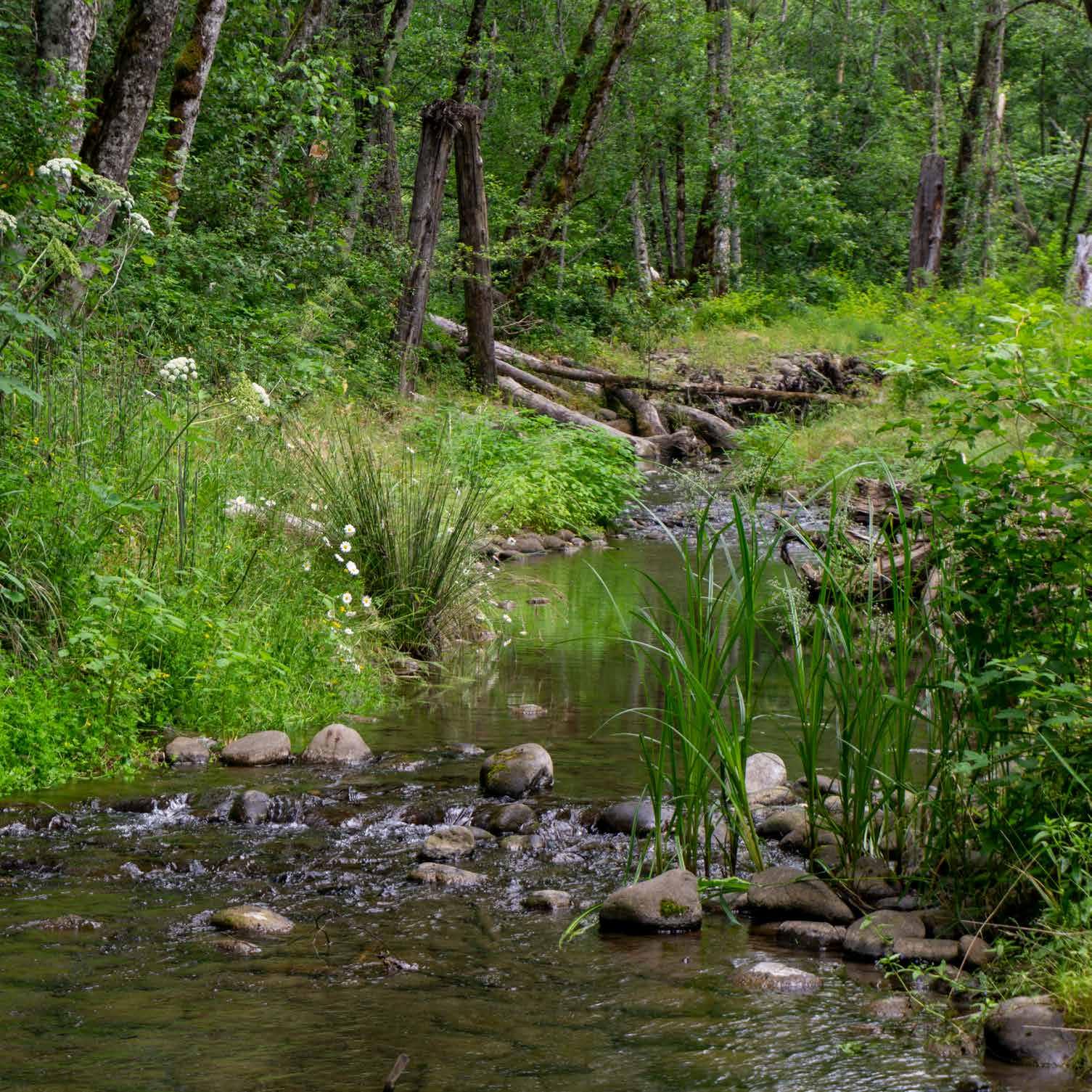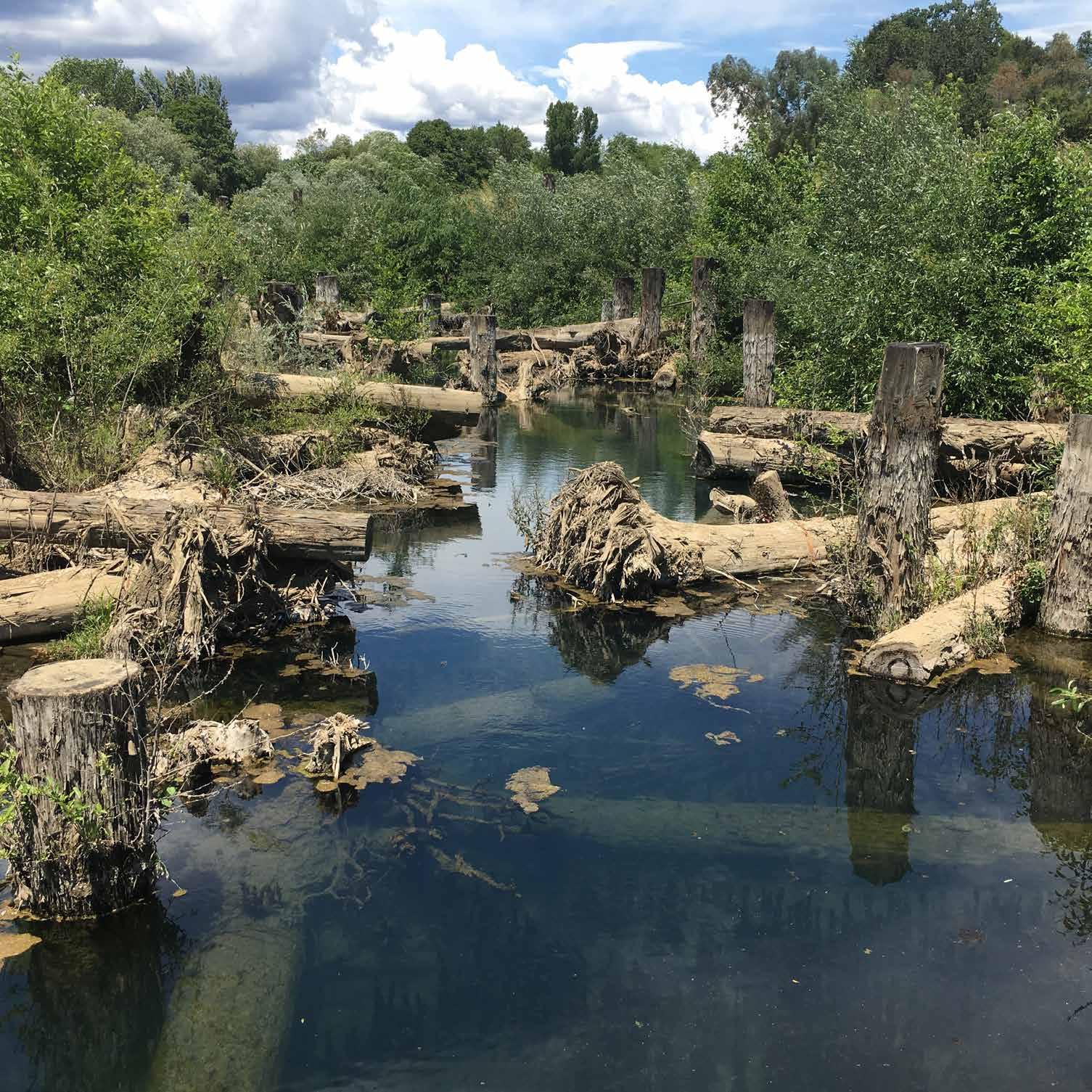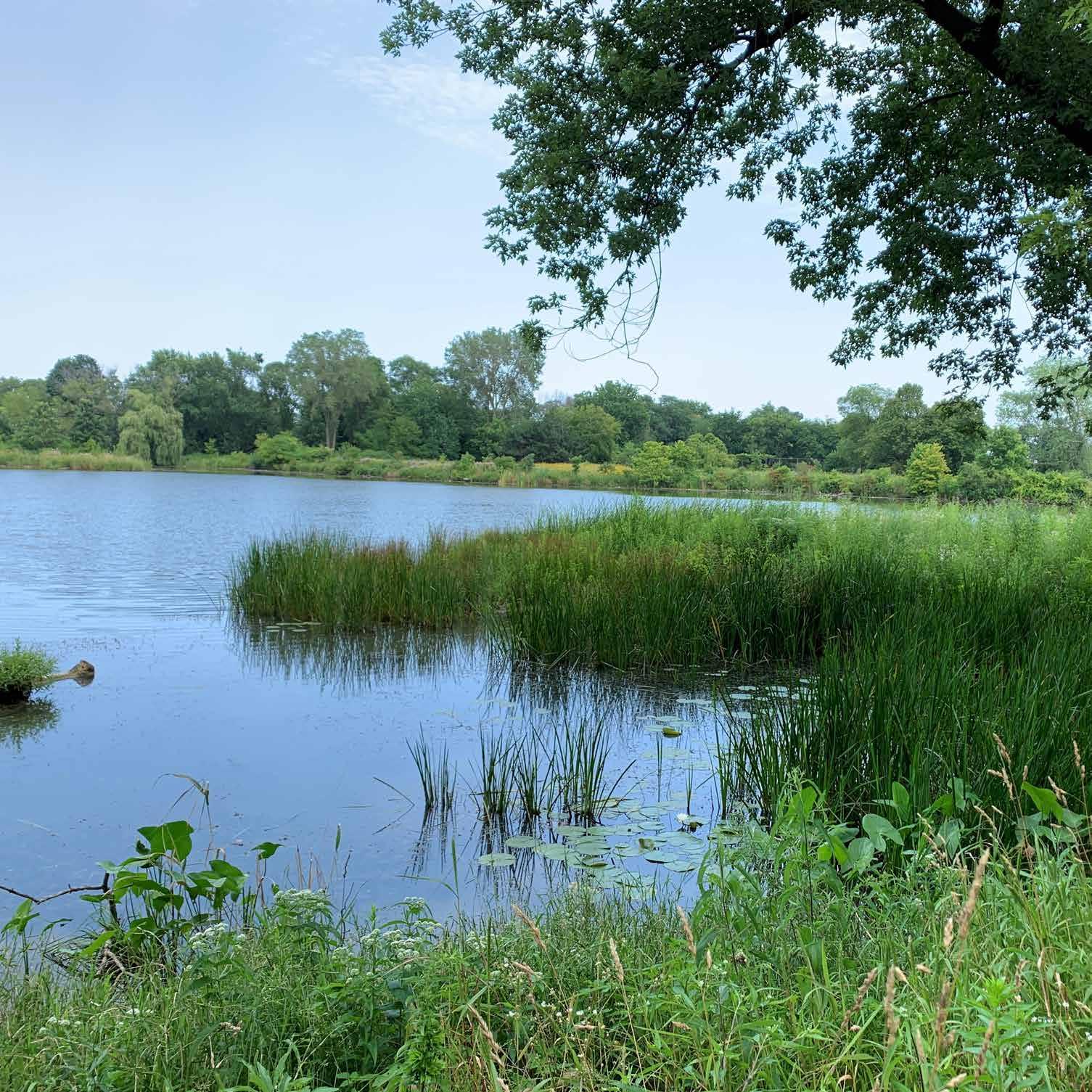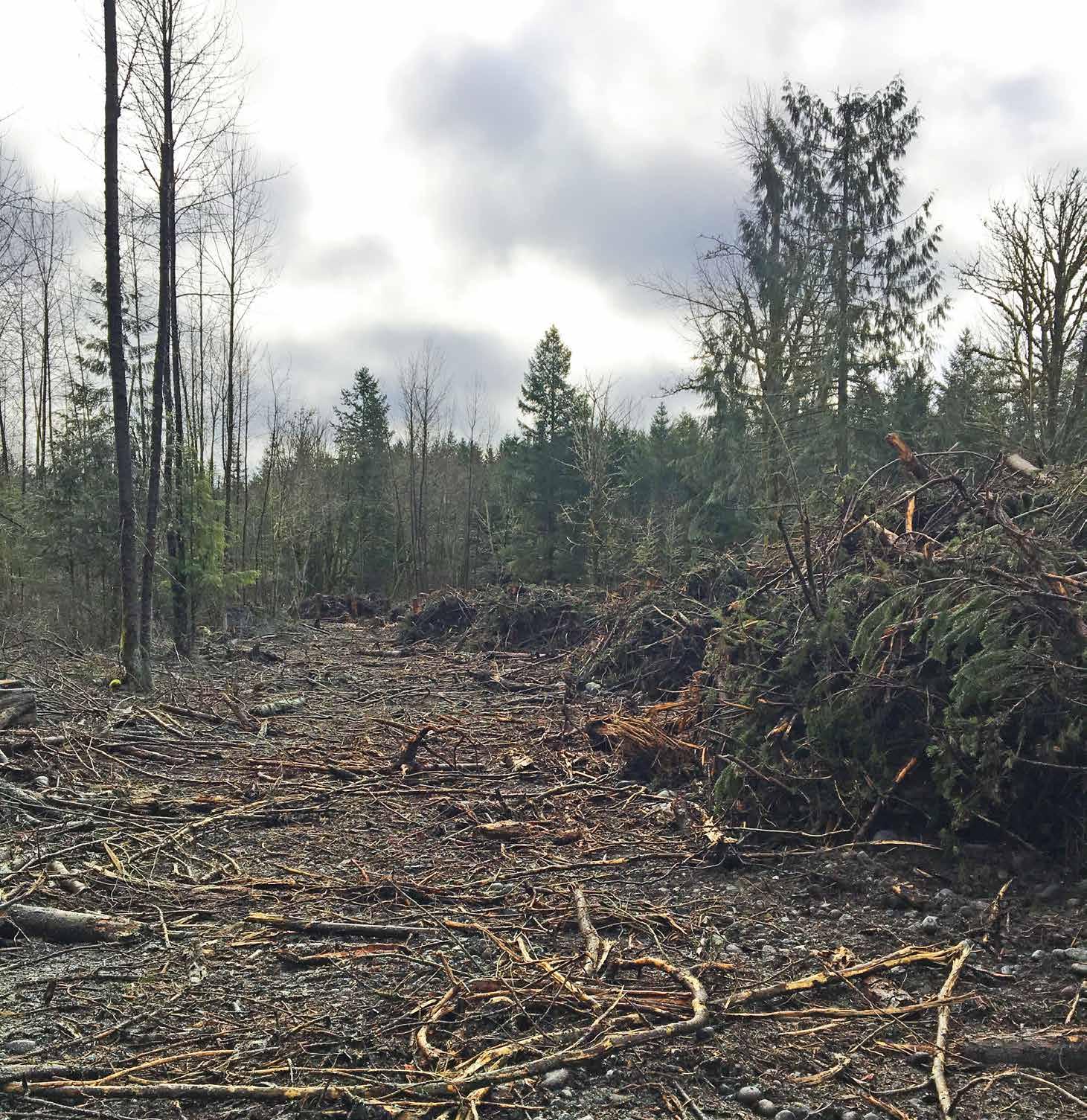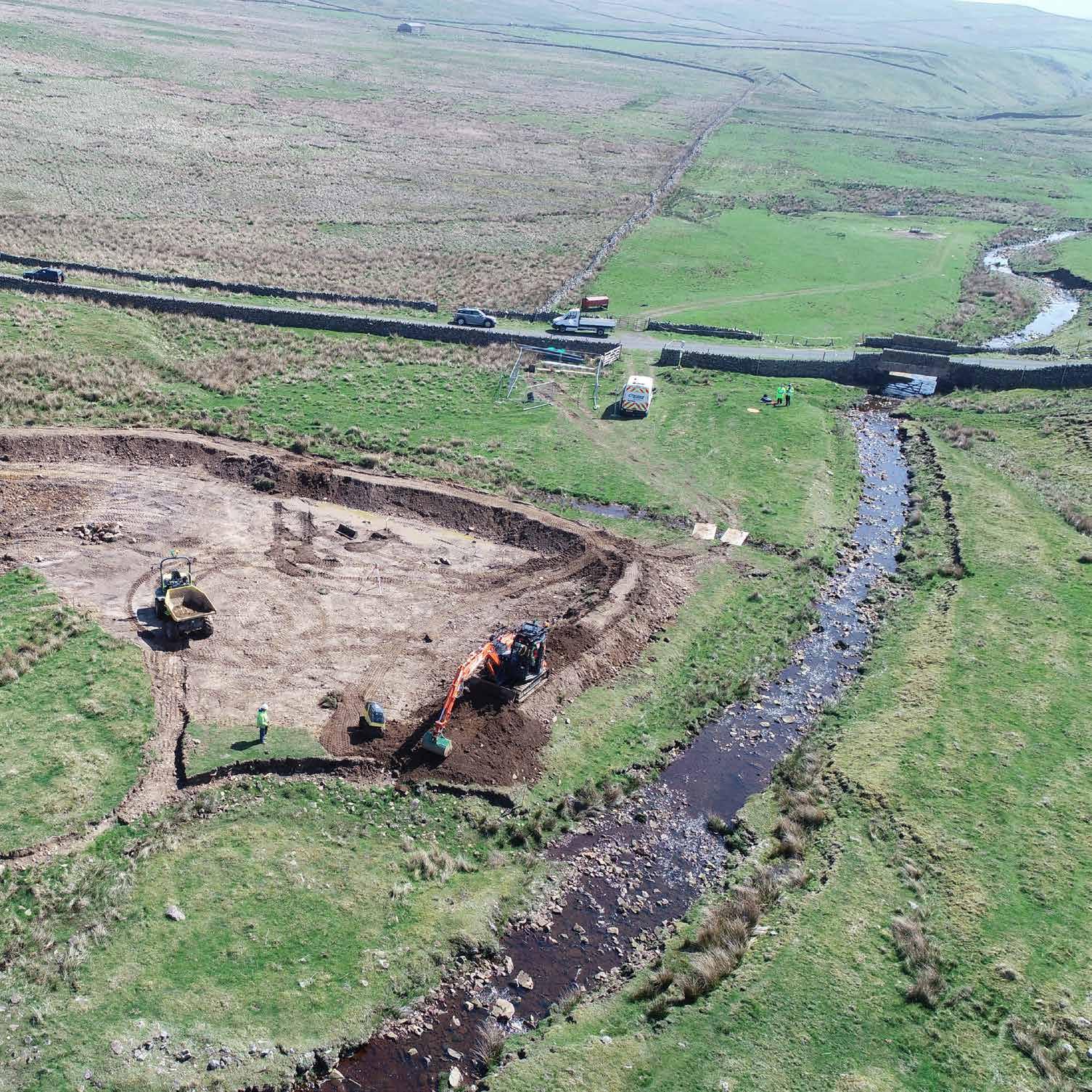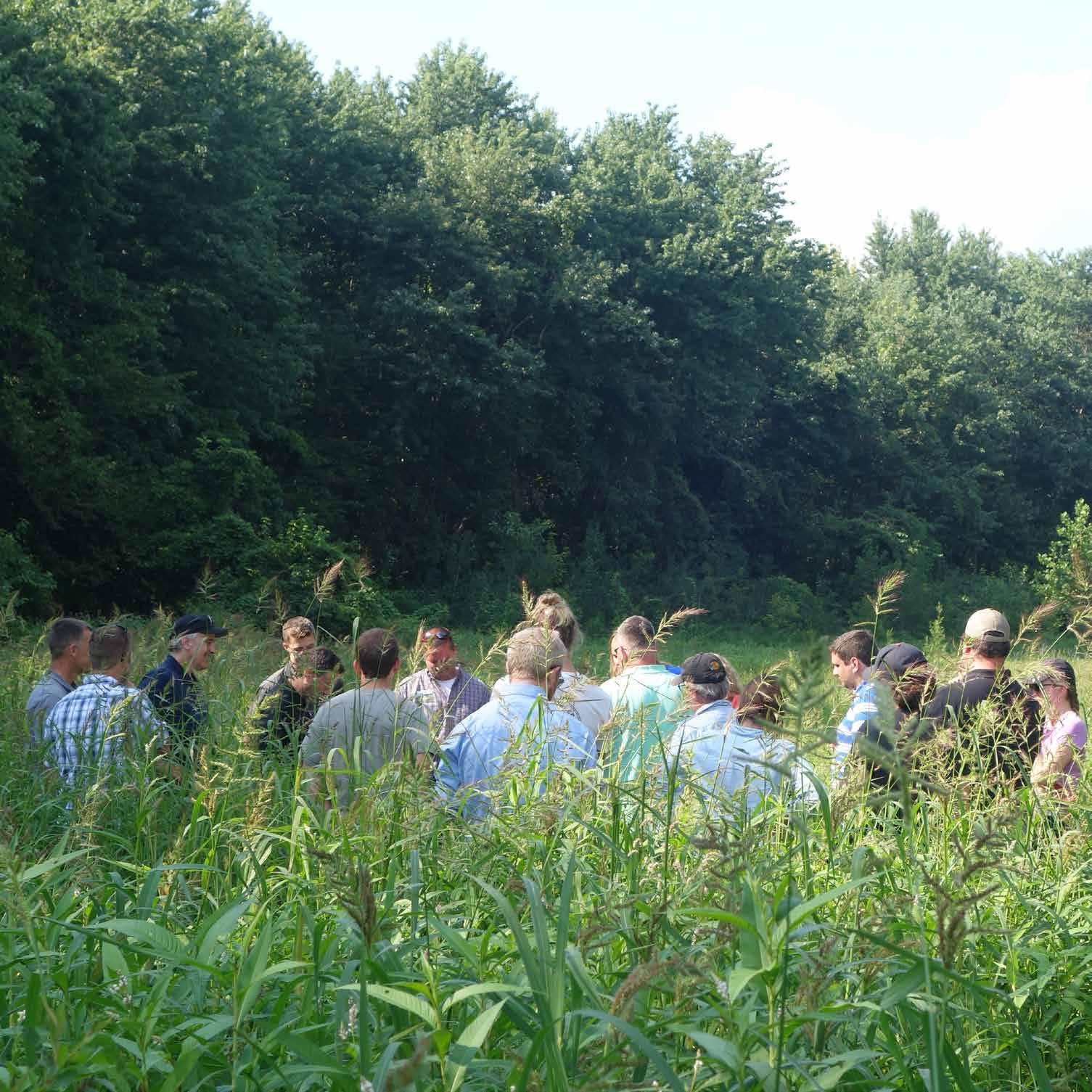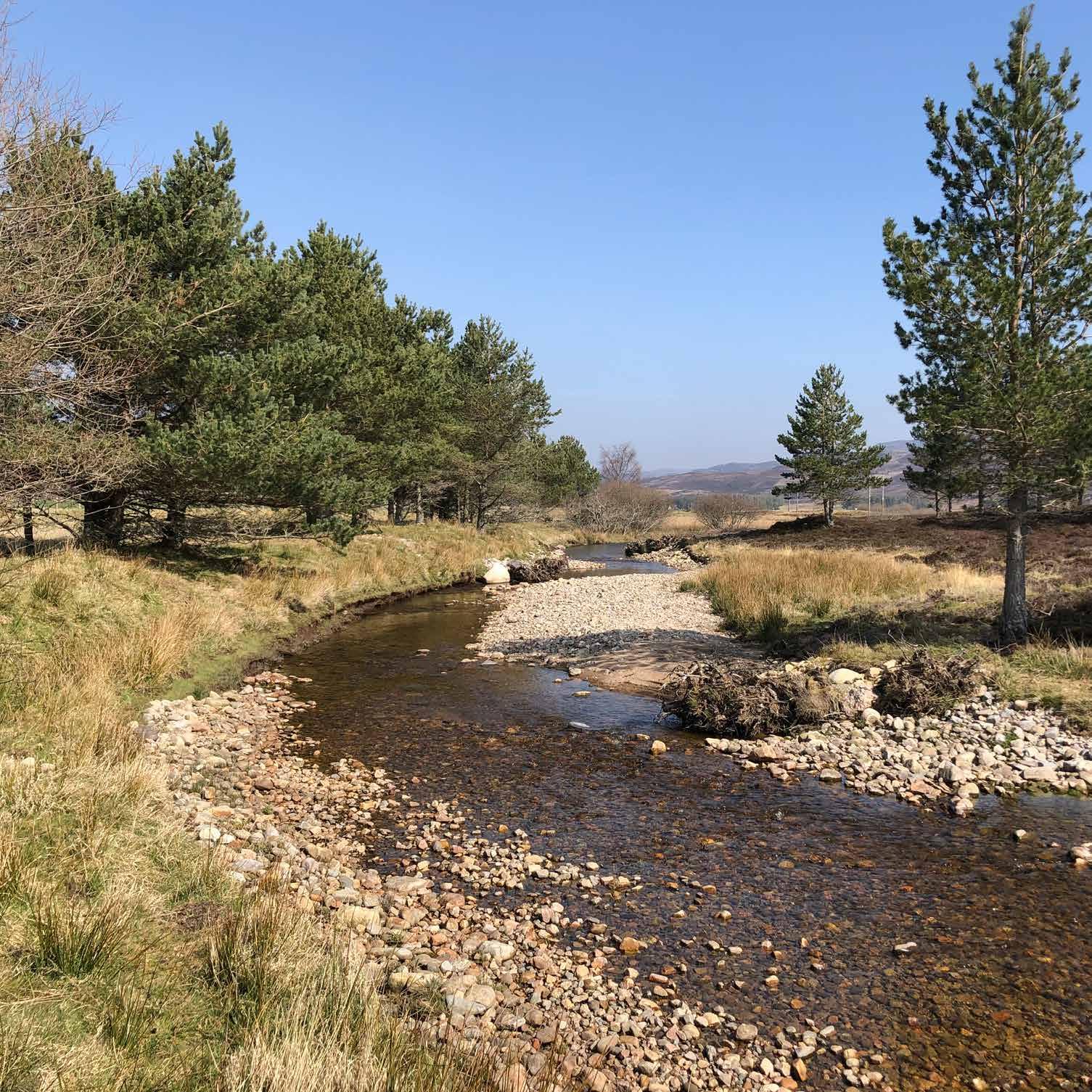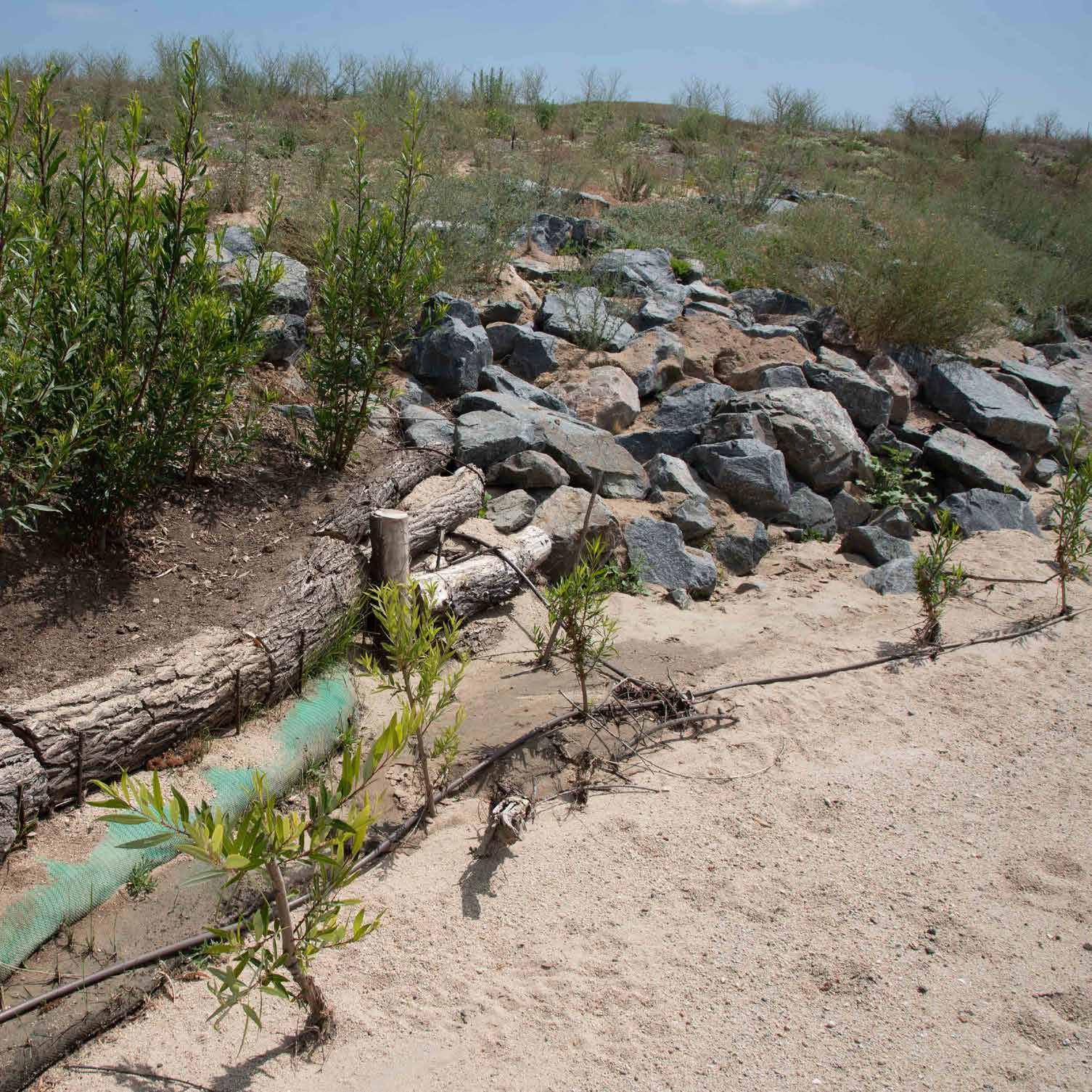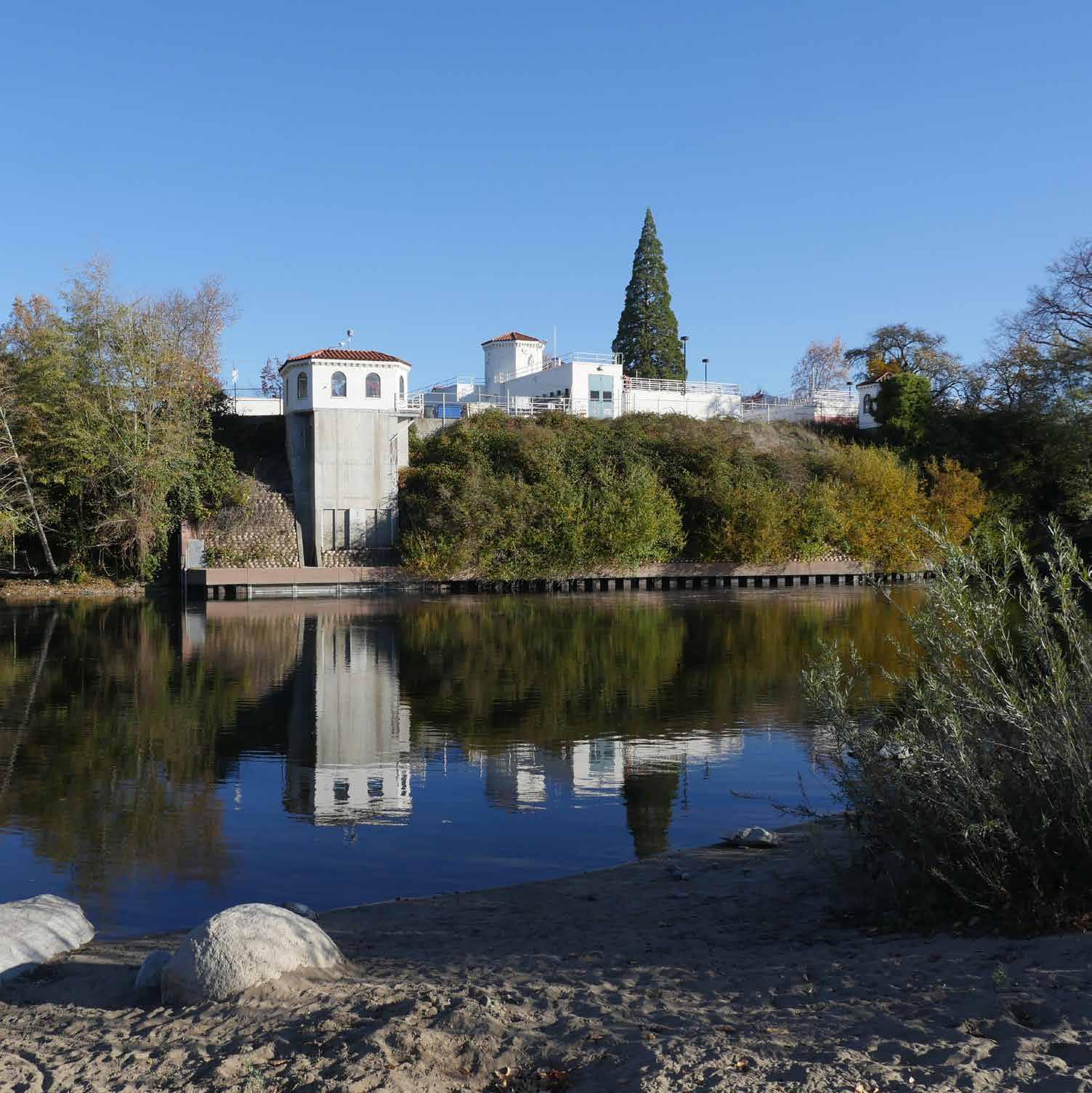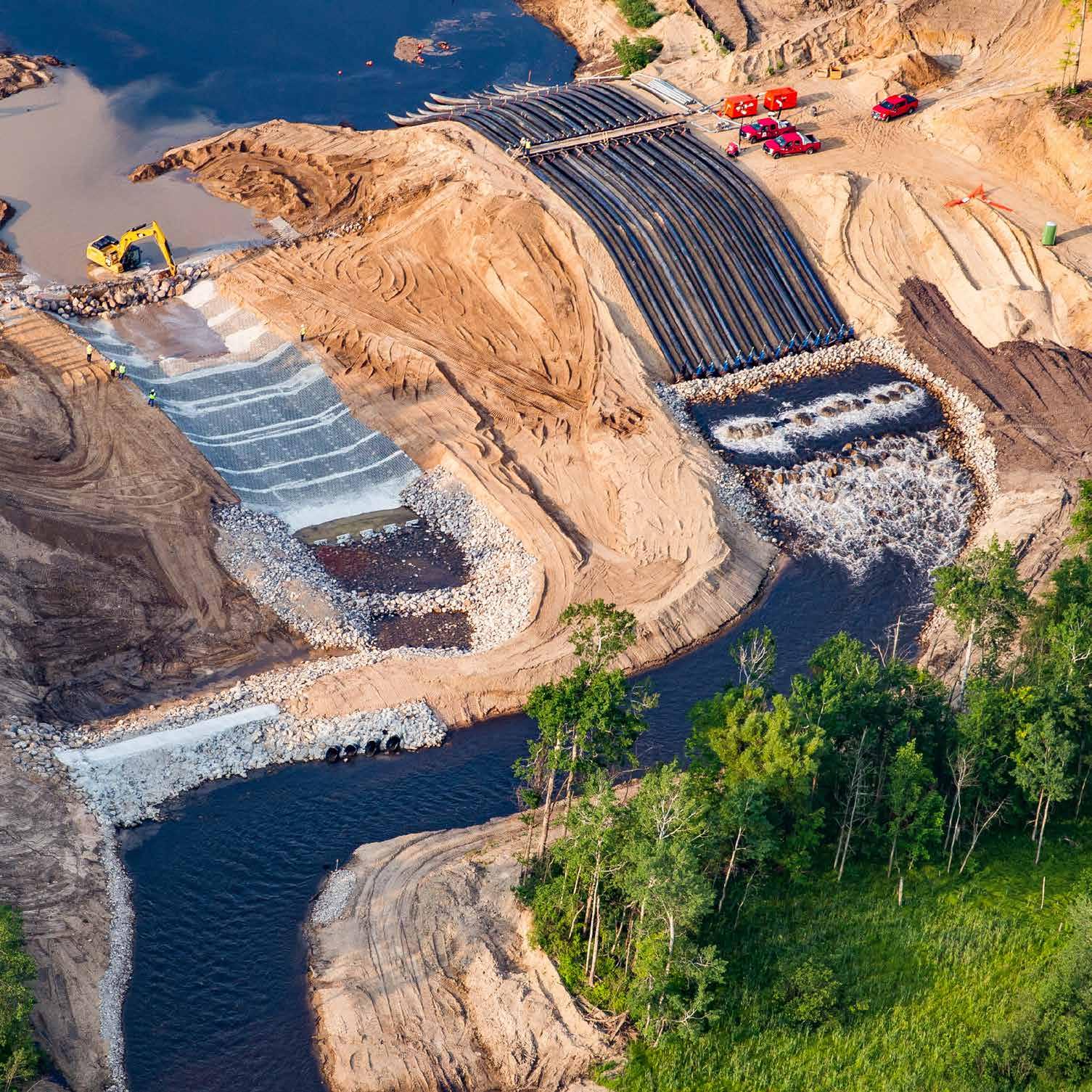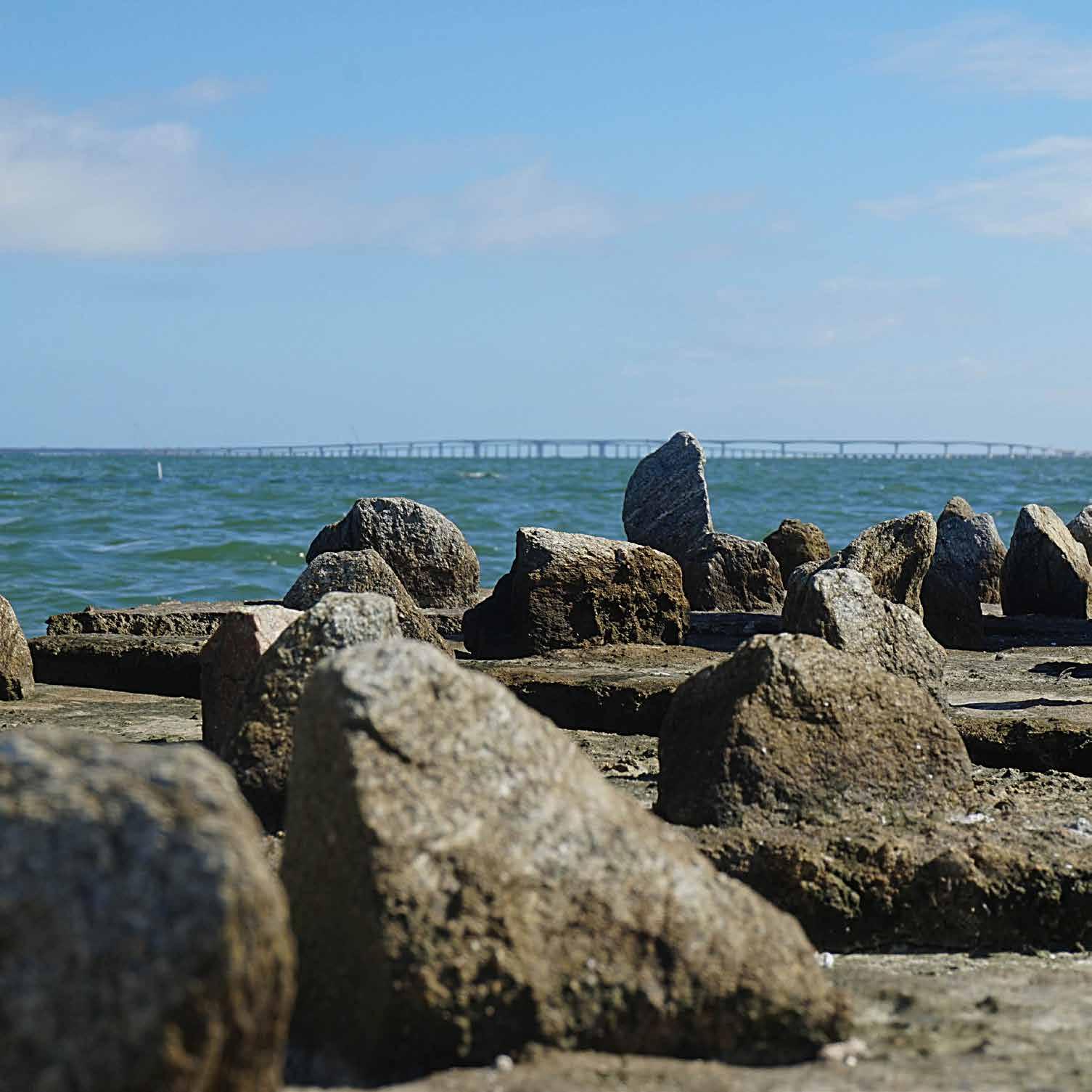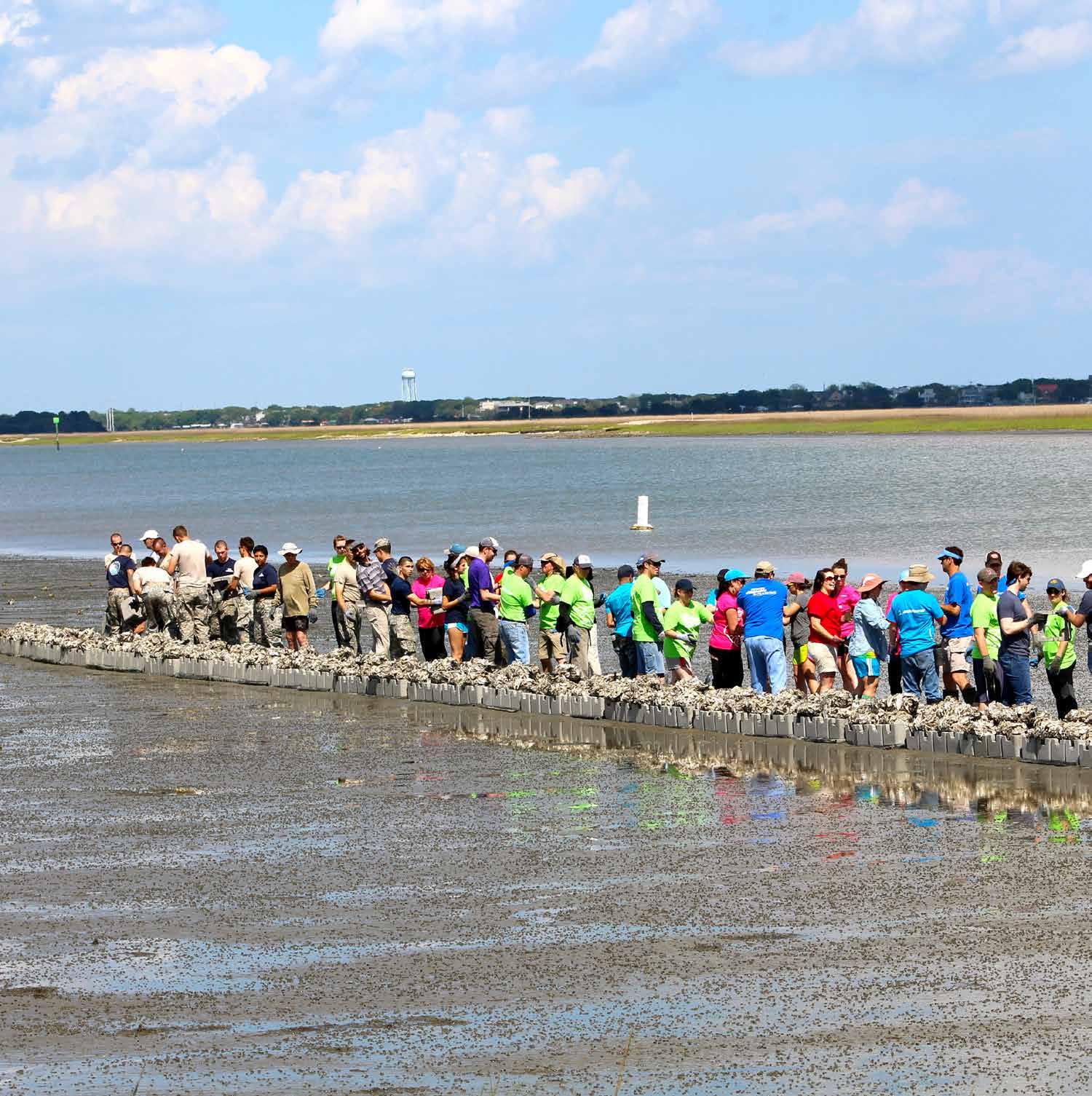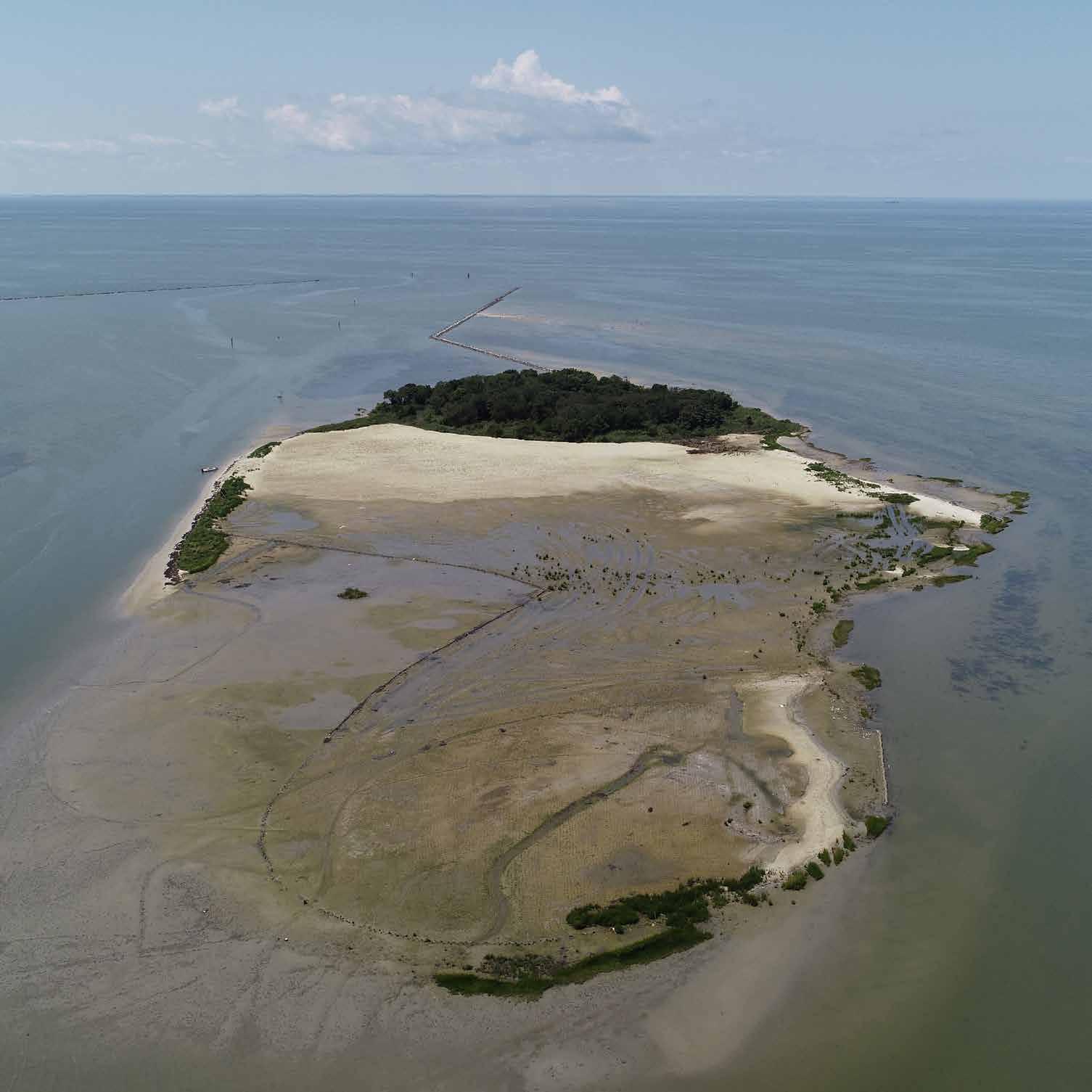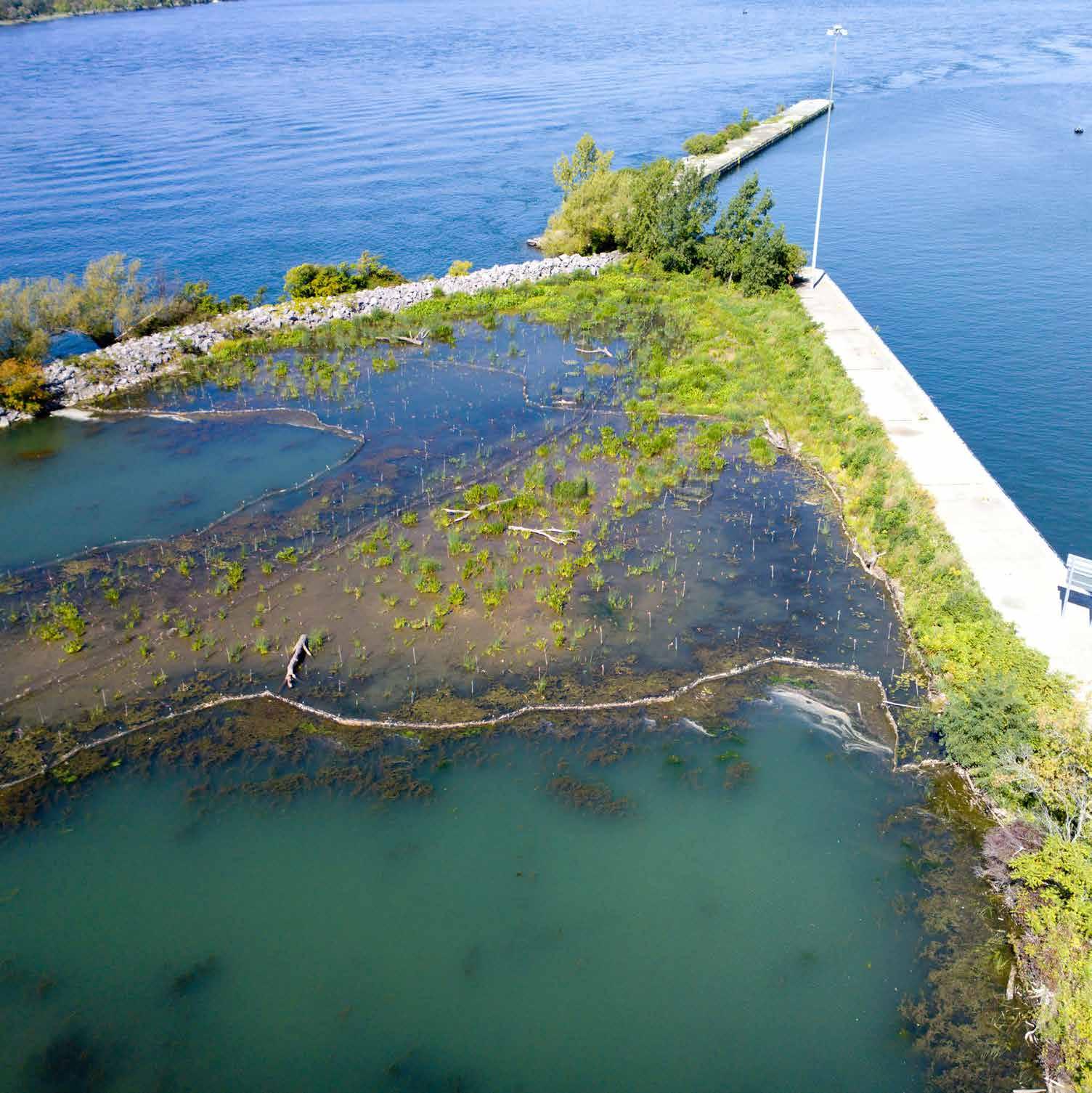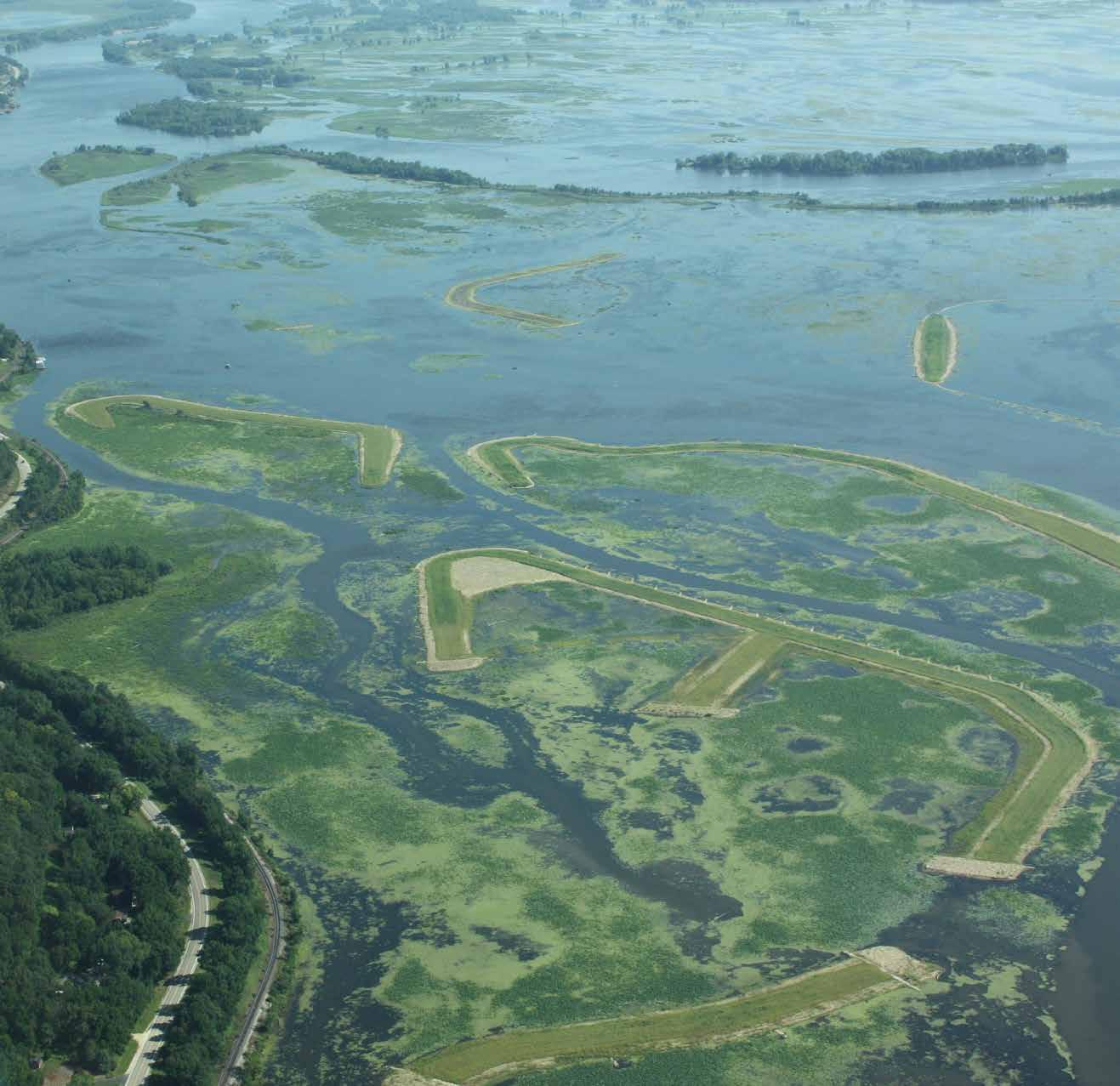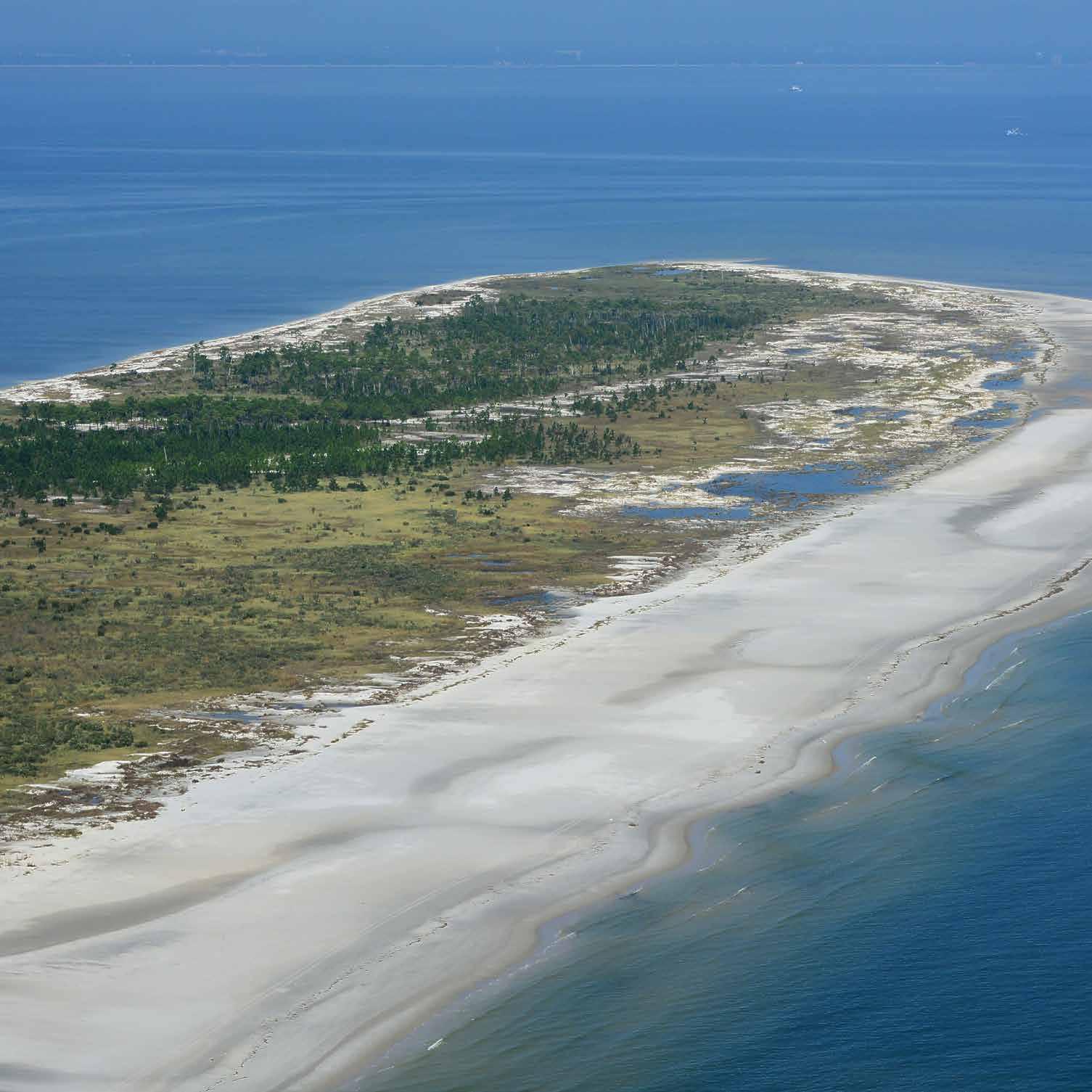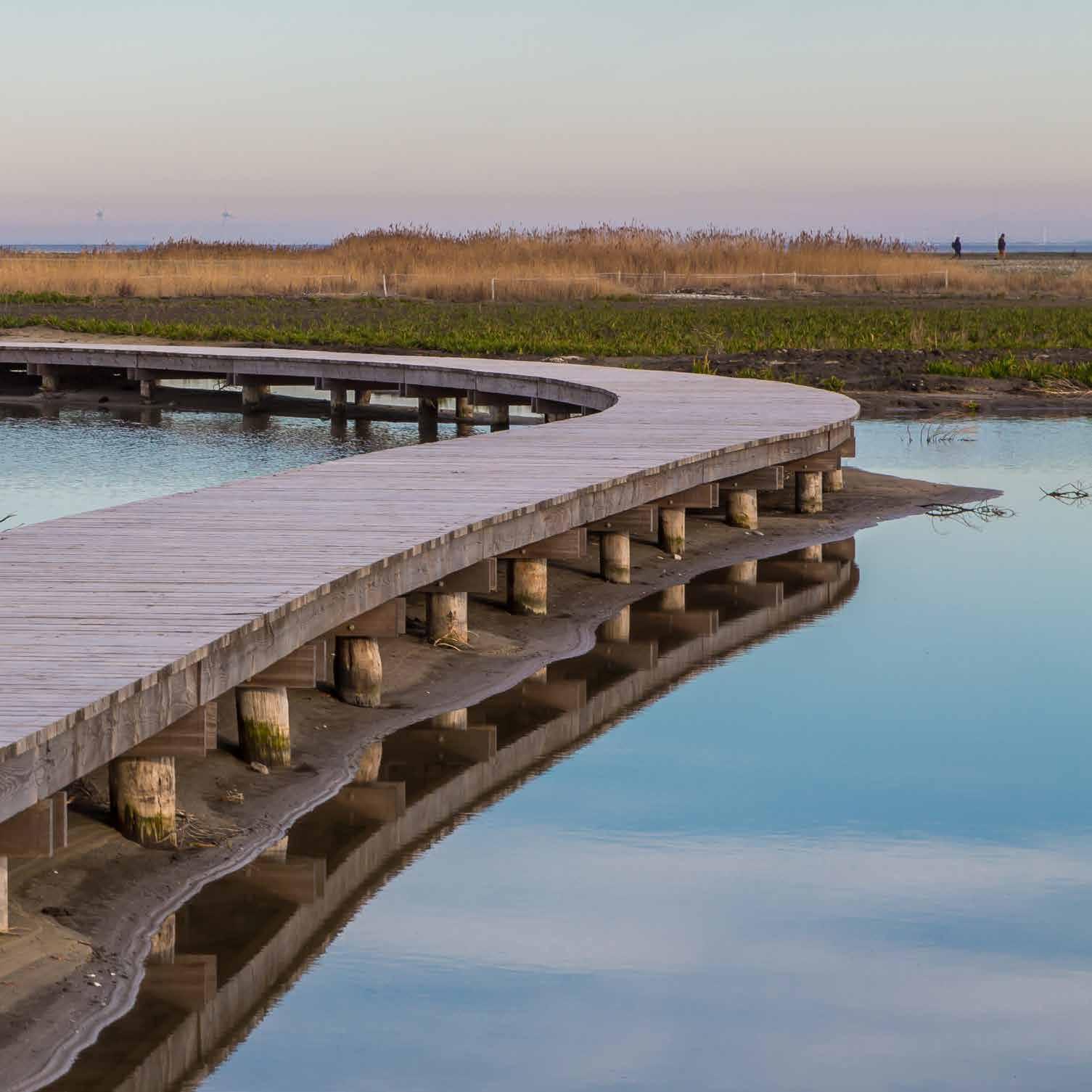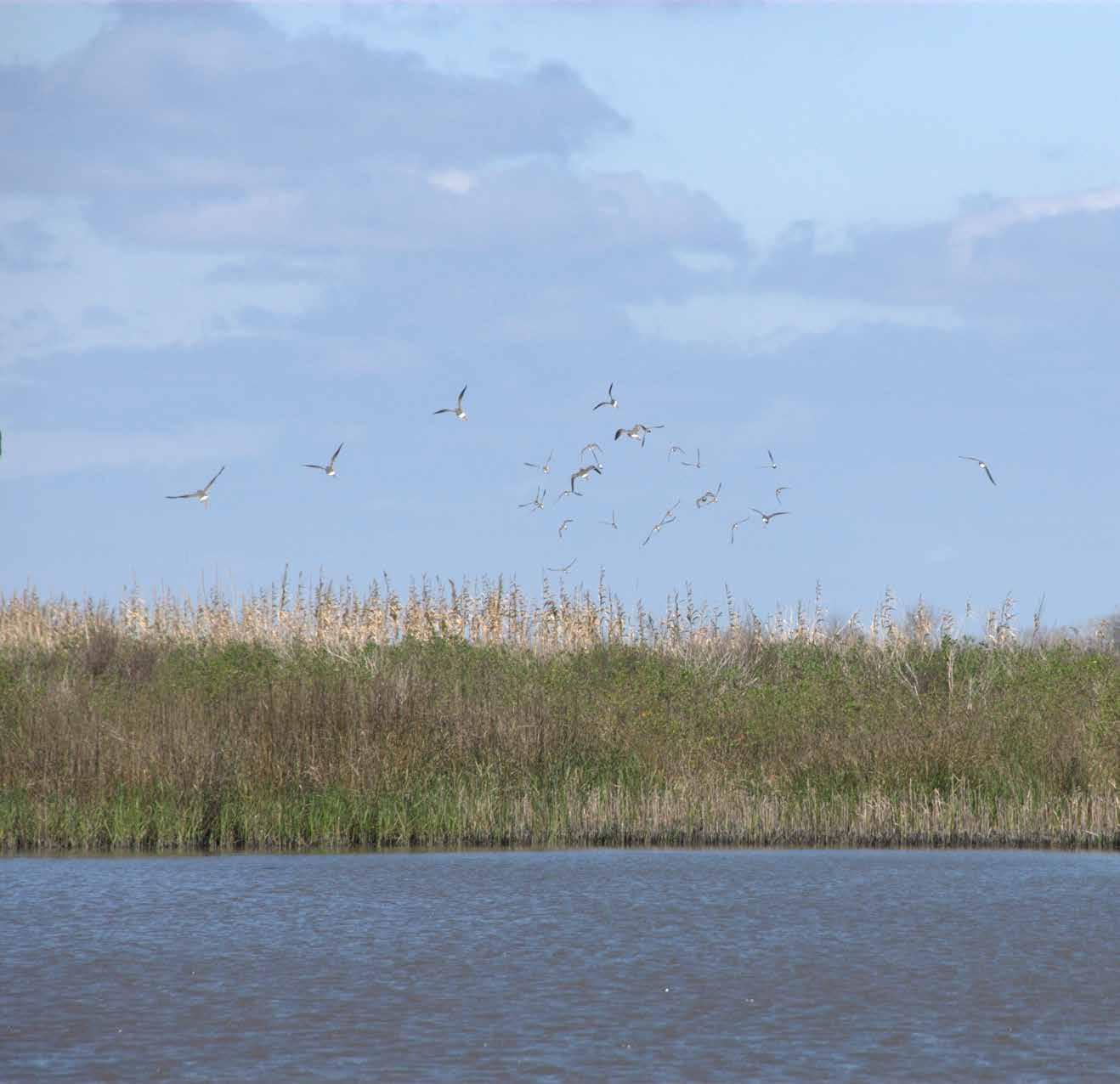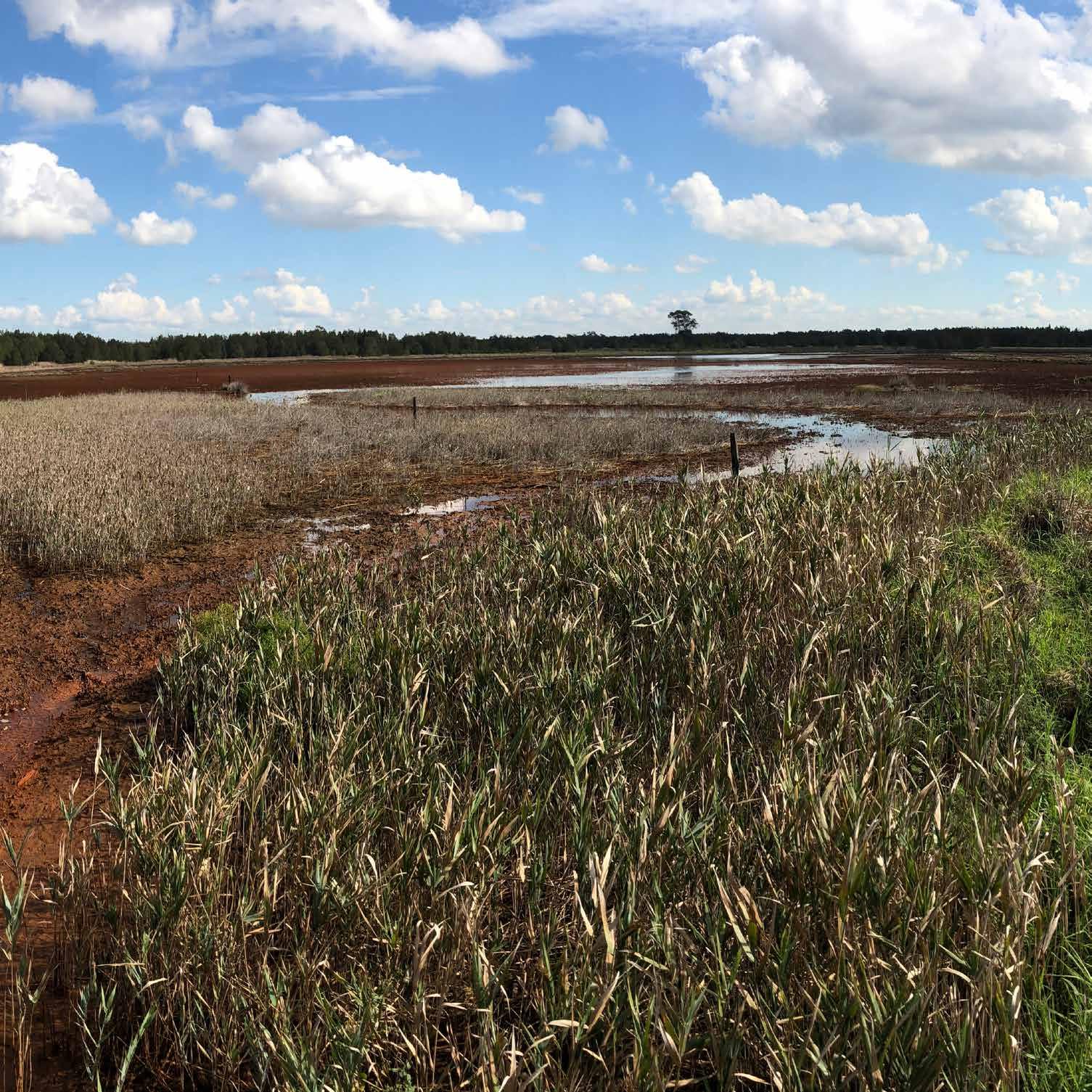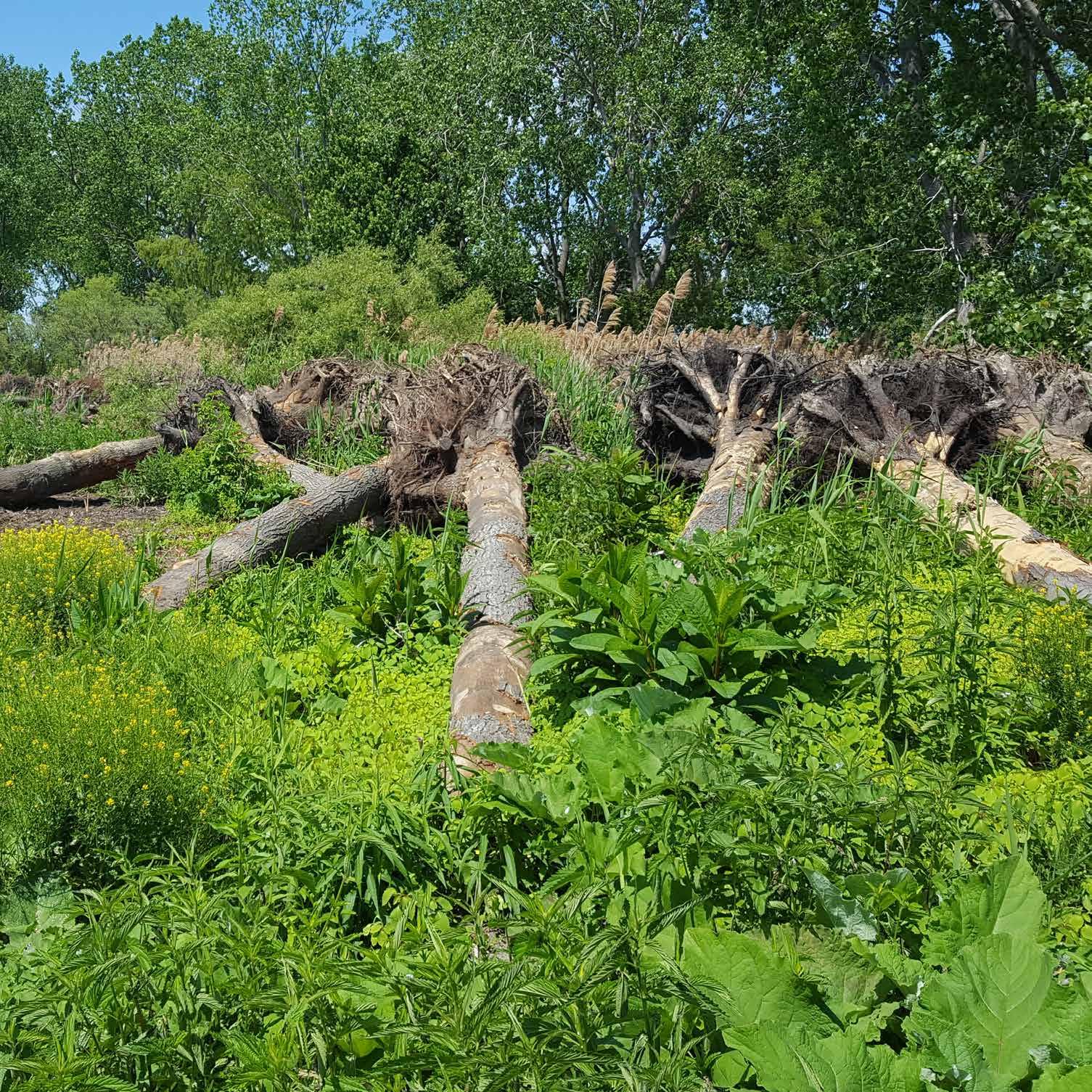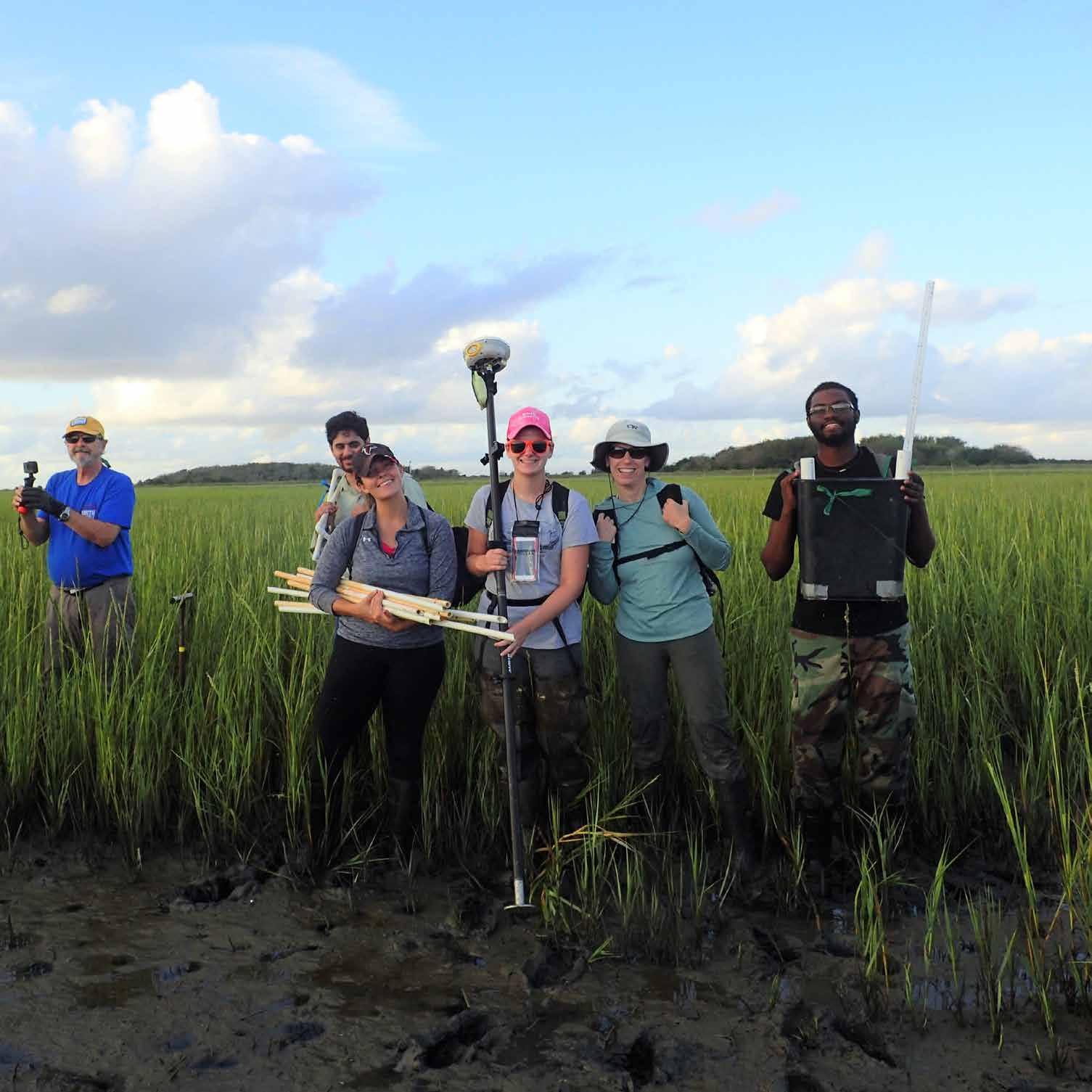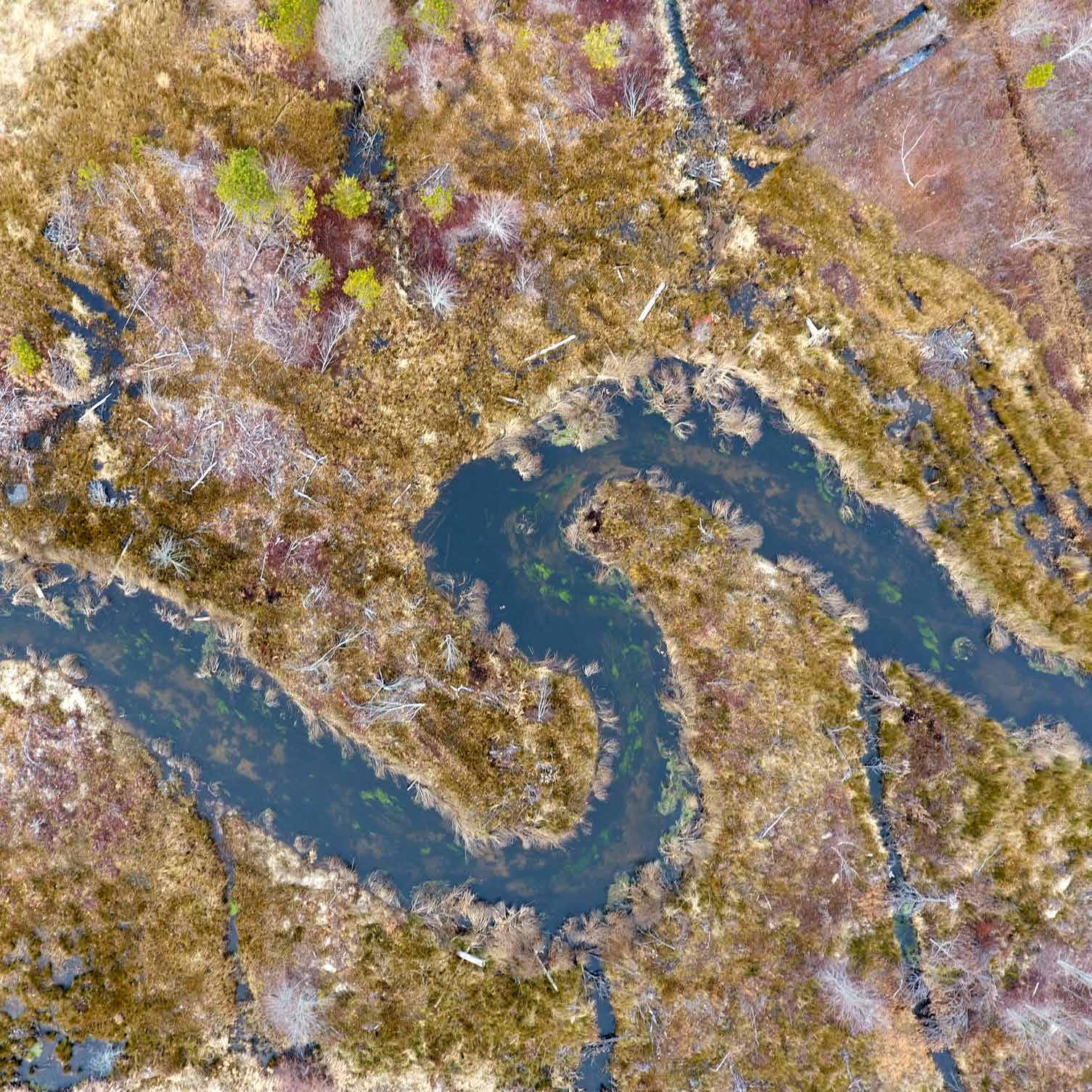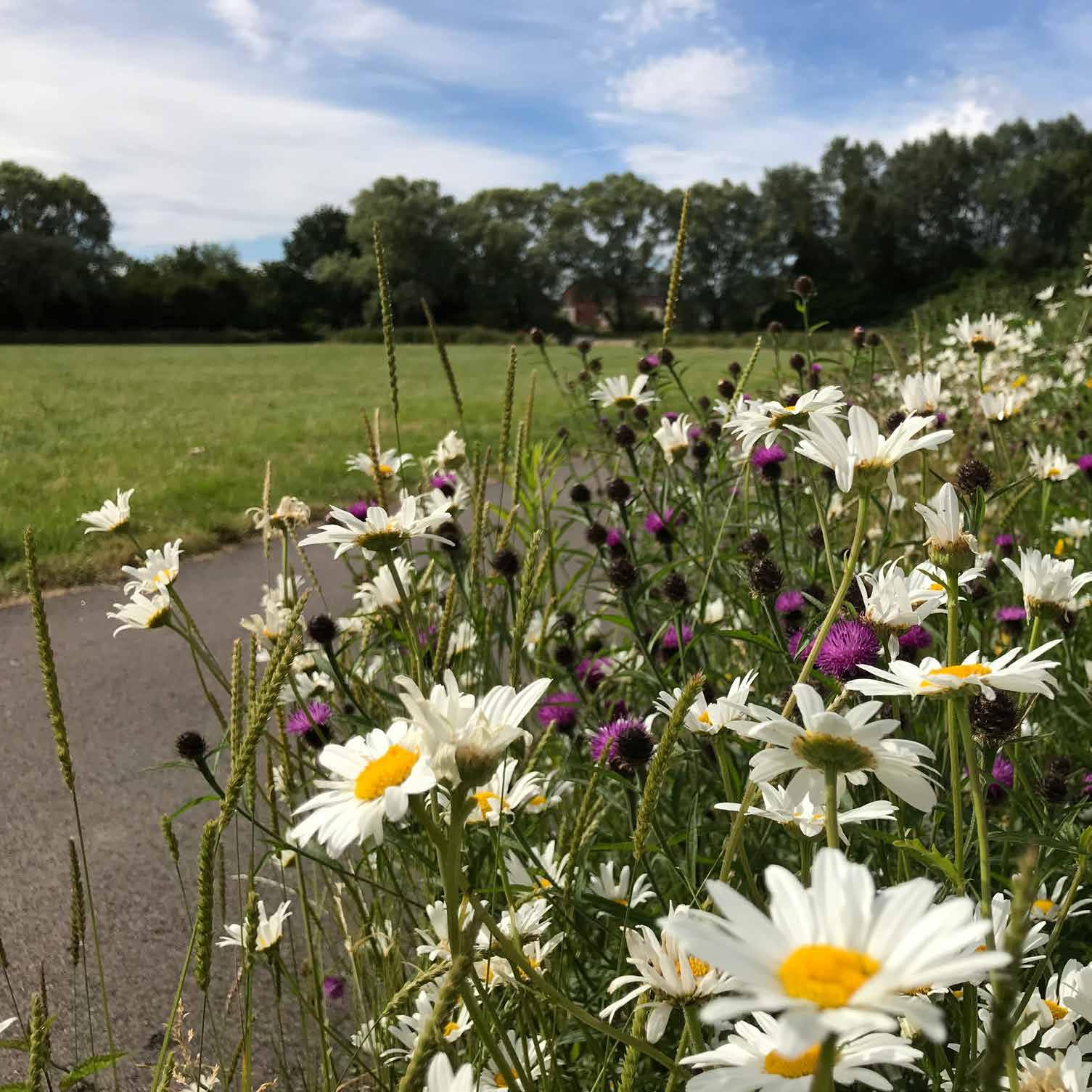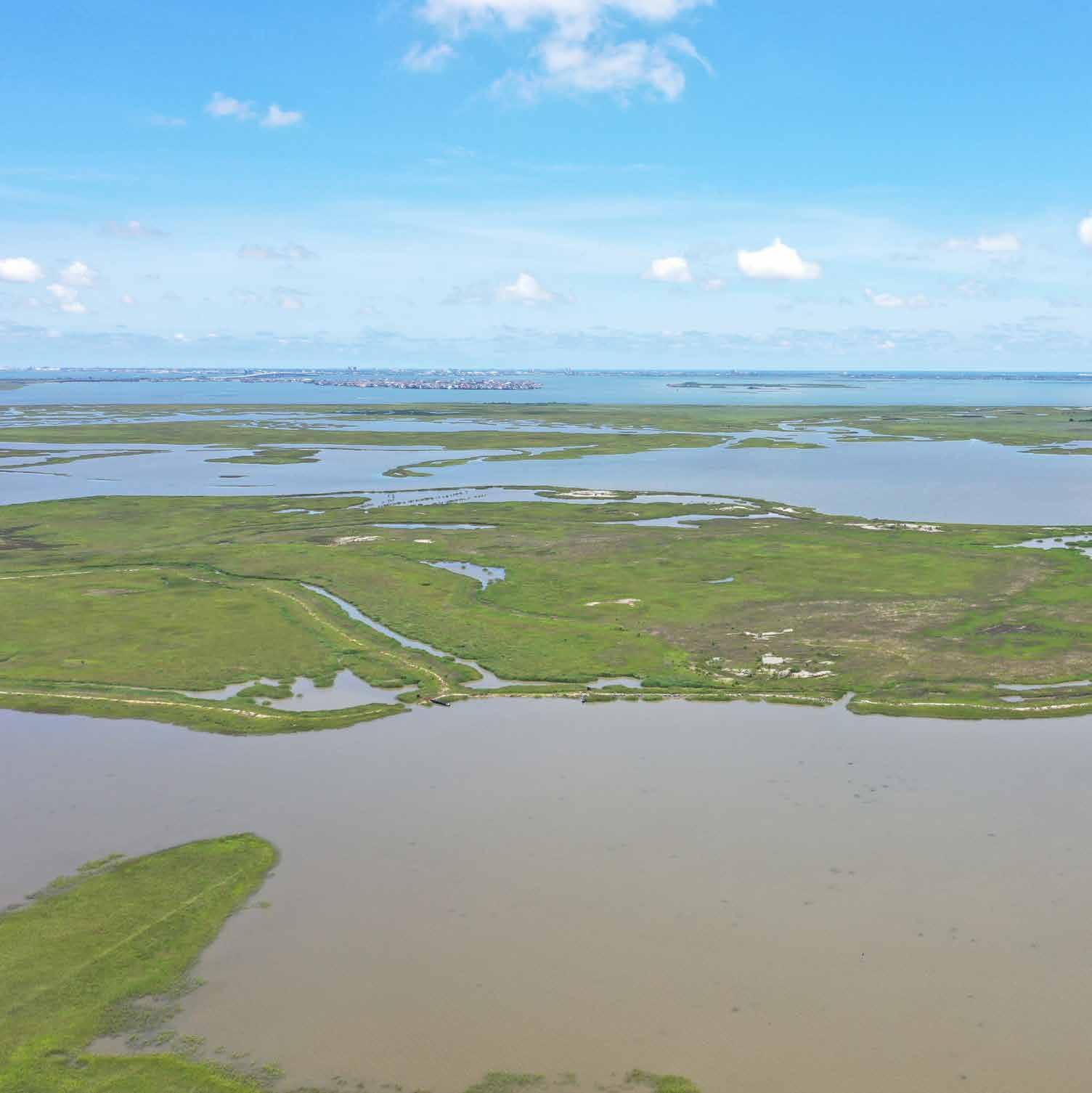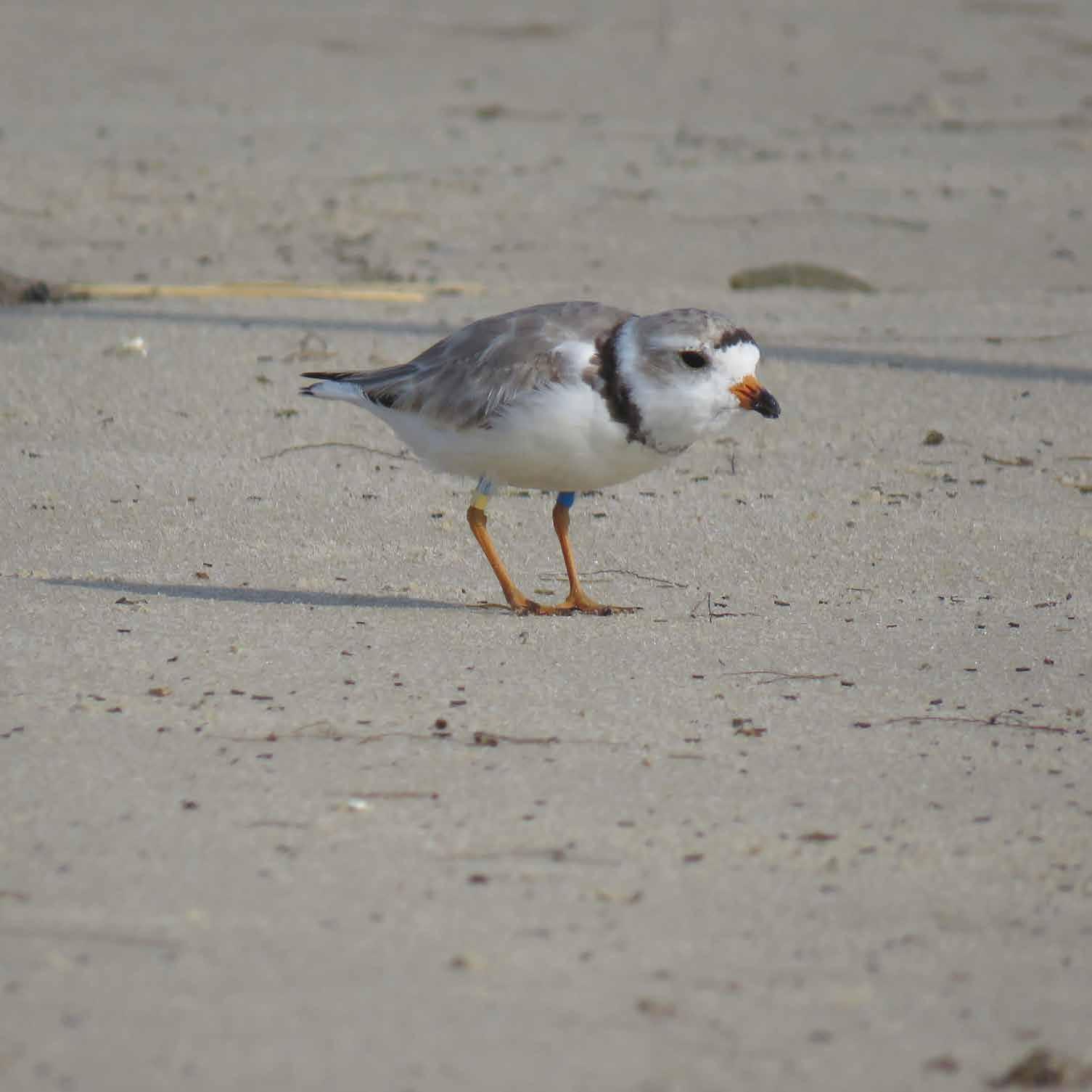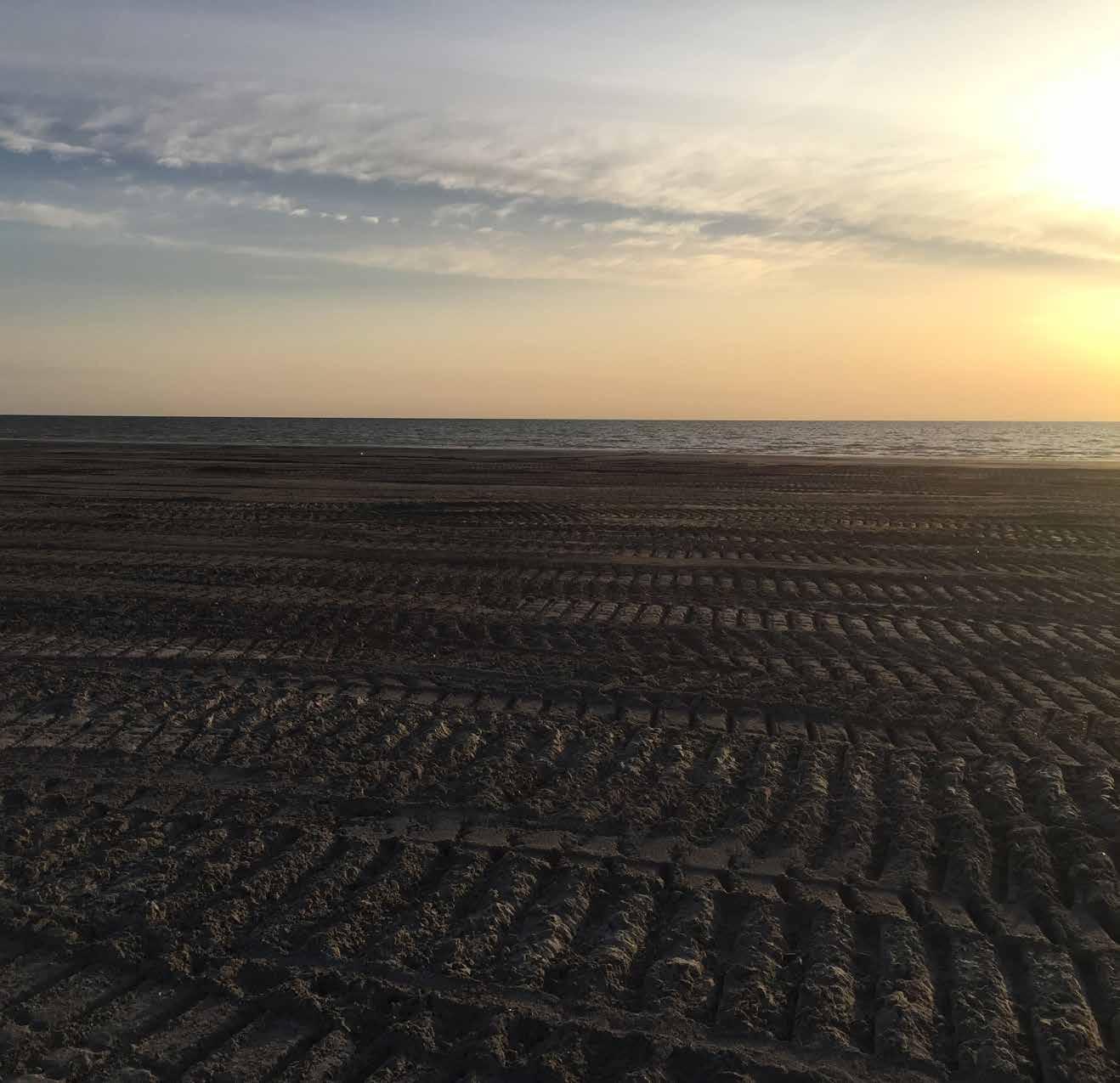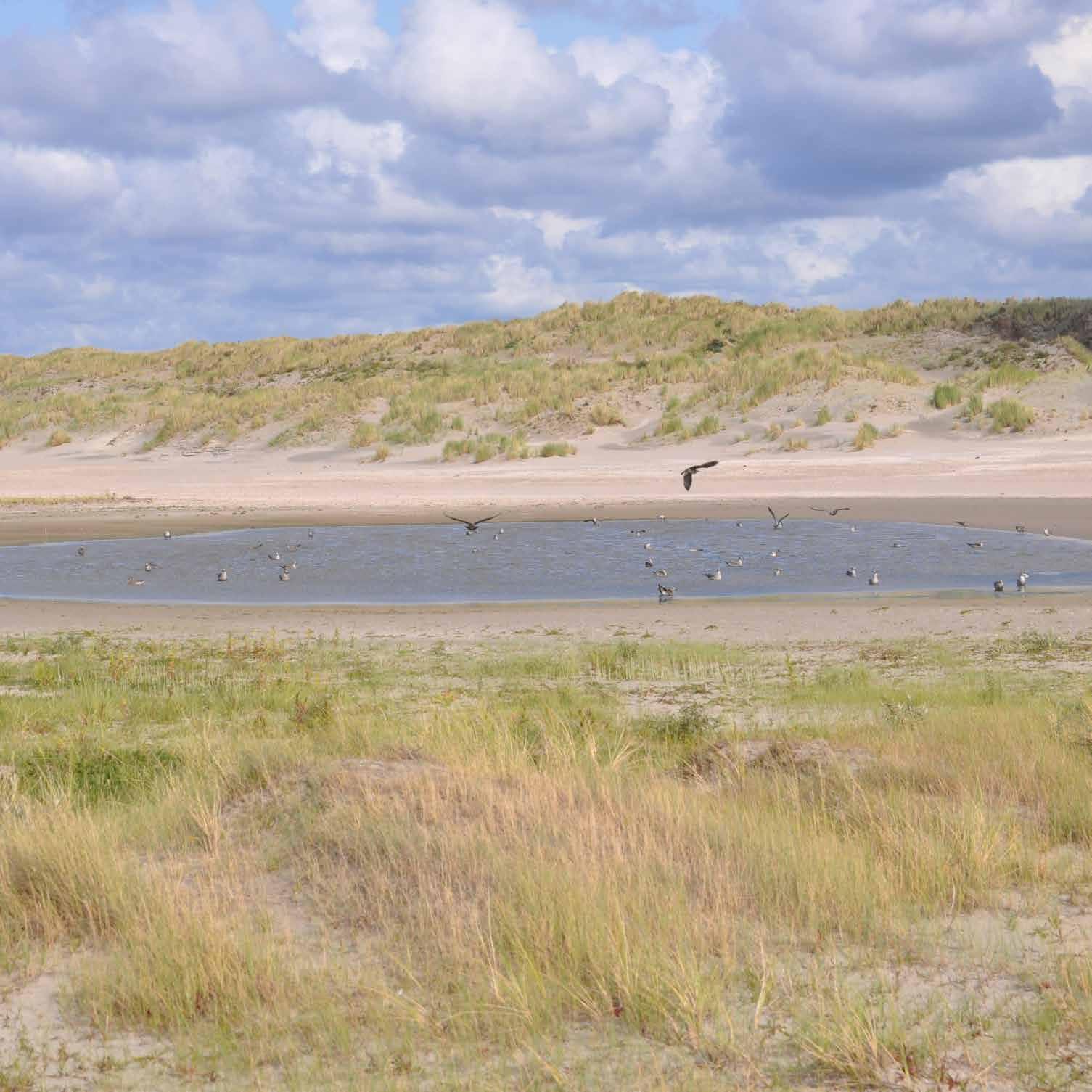Use of Vegetation and Natural Materials
Galloway Creek Rochester Hills, Michigan, United States
Designing a new stream with natural features. The 1987 Great Lakes Water Quality Agreement established urban habitat restoration on the Clinton River as an international priority. A tributary of the Clinton River, Galloway Creek is one of only a few tributaries in the watershed to provide cold-water base flows, which are ideal for trout species. However, residential, industrial, and agricultural land use left Galloway, which runs through the Oakland University golf course, straightened, degraded, and cutoff from its watershed. Additionally, invasive species such as Phragmites had taken over the project site, and the golf course’s off-line ponds were not functioning properly. So, with funding from the Environmental Protection Agency’s Great Lakes Restoration Initiative, work began in 2015 to remediate and restore the stream habitat for fish and wildlife species by restoring floodplain connectivity, improving geomorphic stability, and providing in-stream habitat. The project team used wood and field stone to construct log and gravel riffles, restoring the stream’s profile and reconnecting it with its associated floodplain; and they replaced two stream crossings with wider box culverts to better accommodate flood events. The team anticipates that natural processes will take over in the stream, creating a self-sustaining watershed.
248














